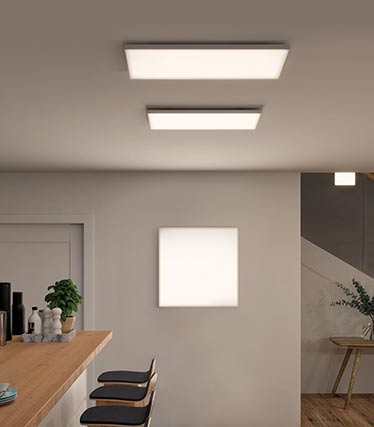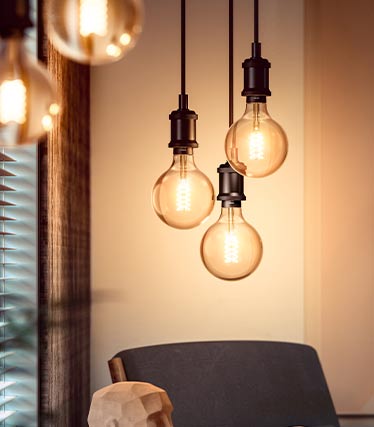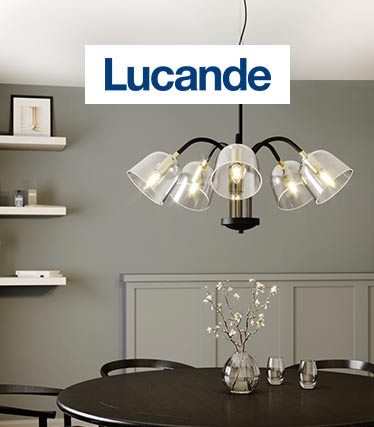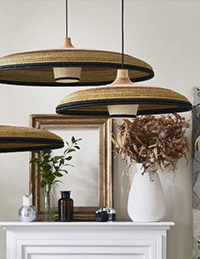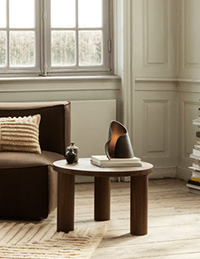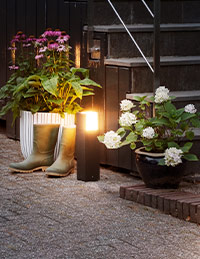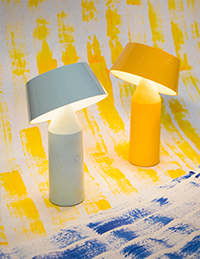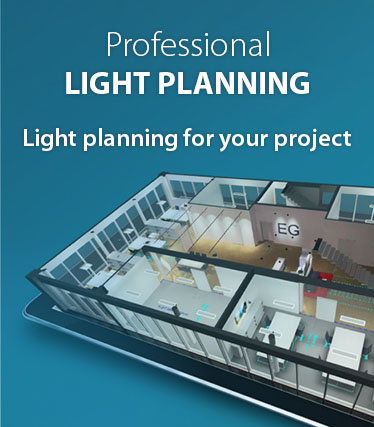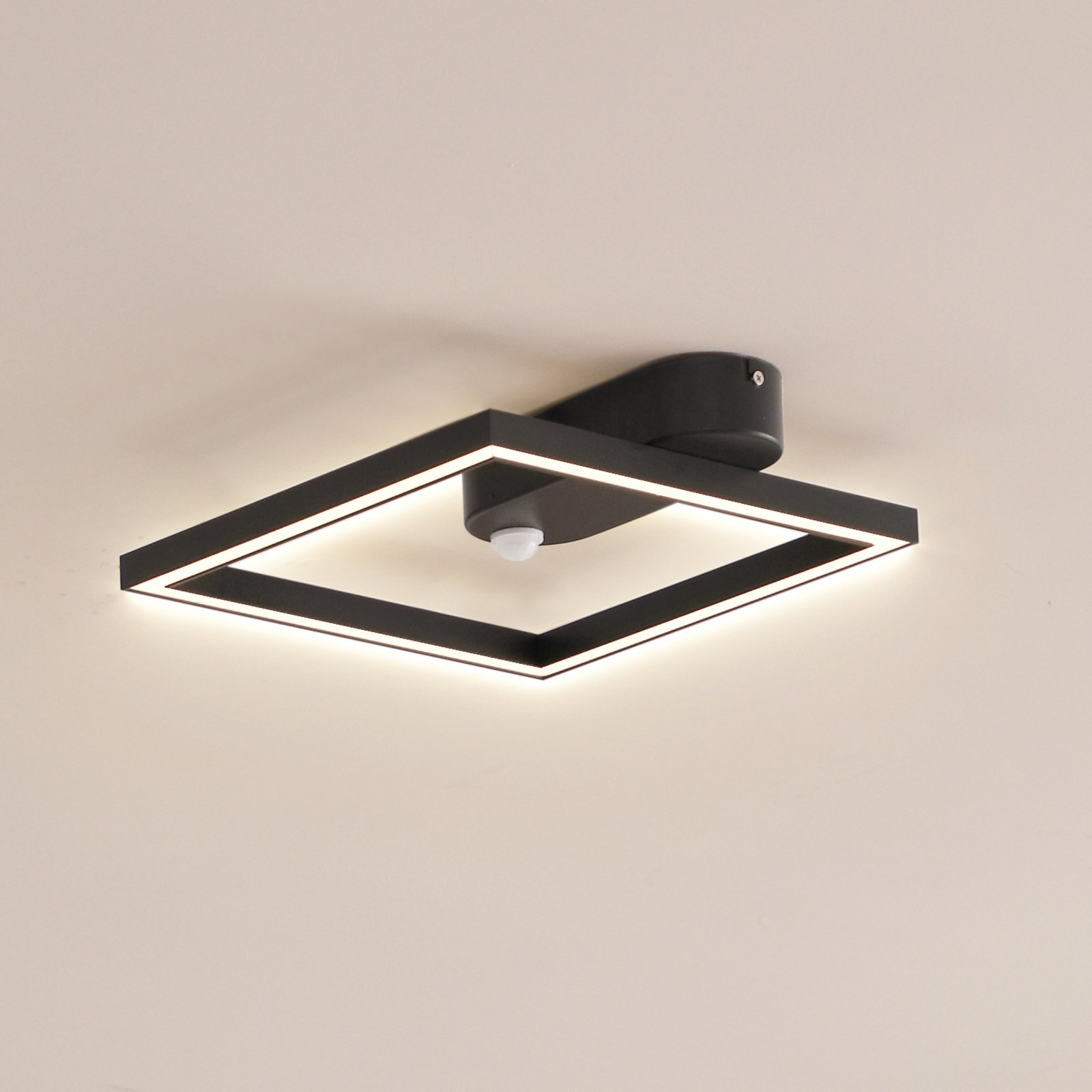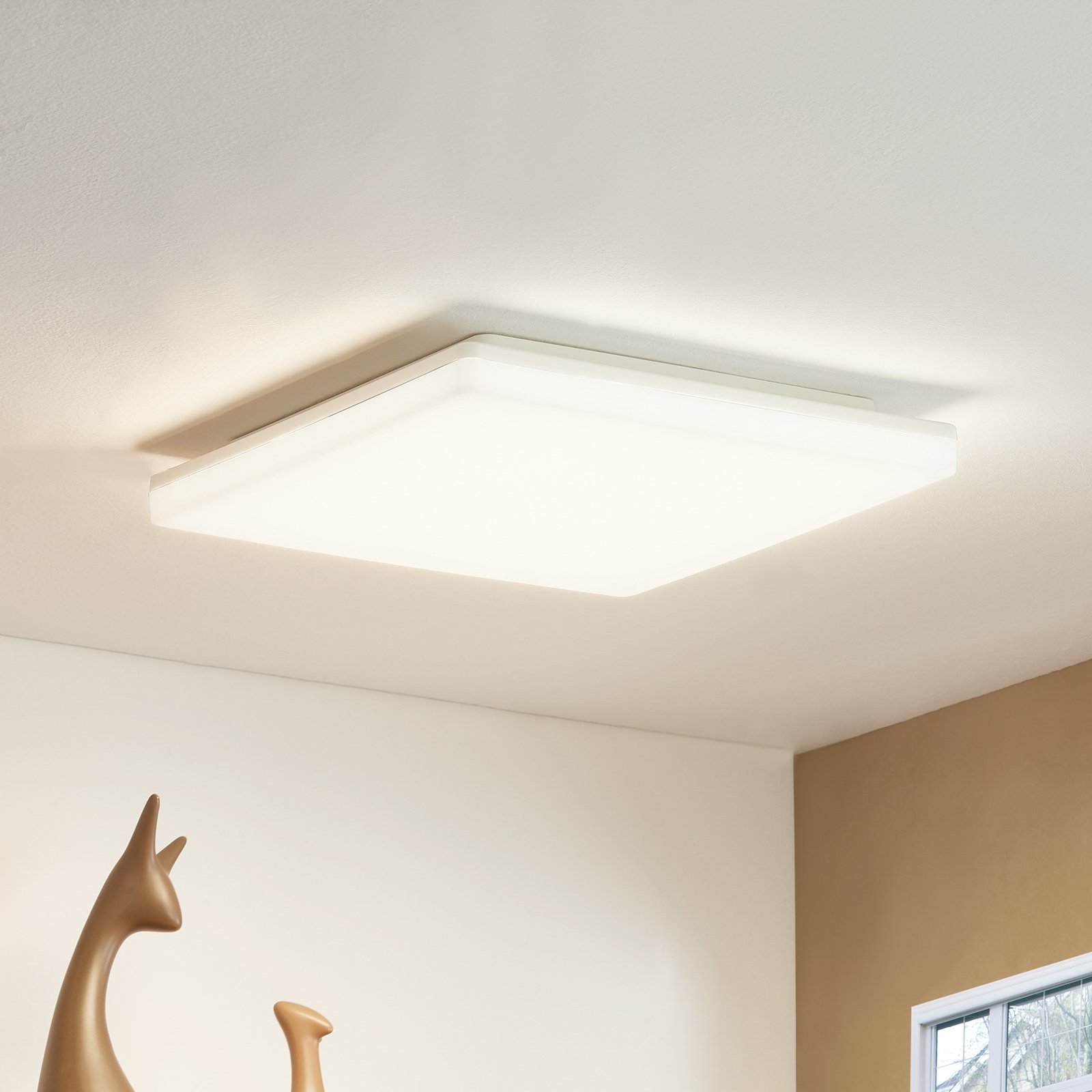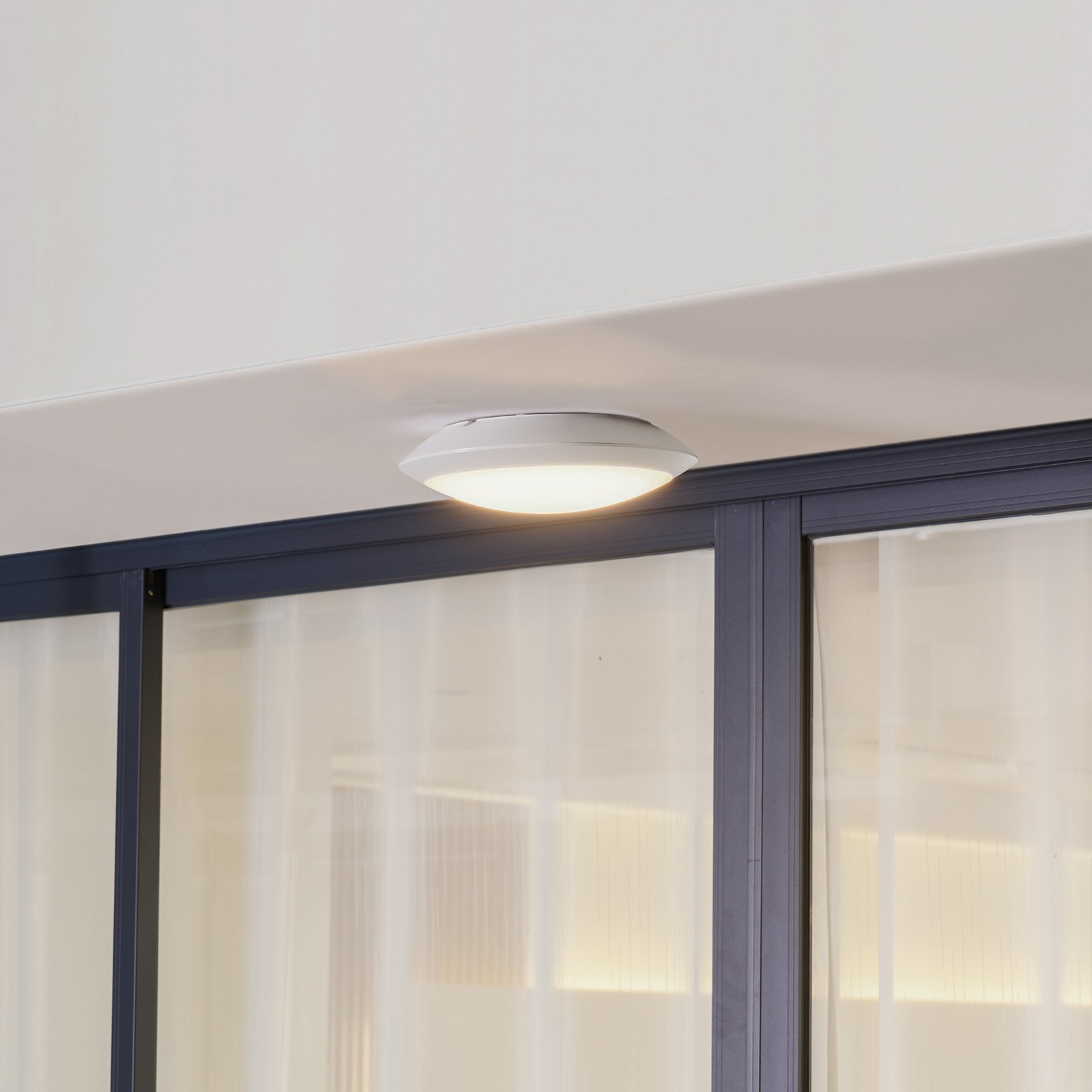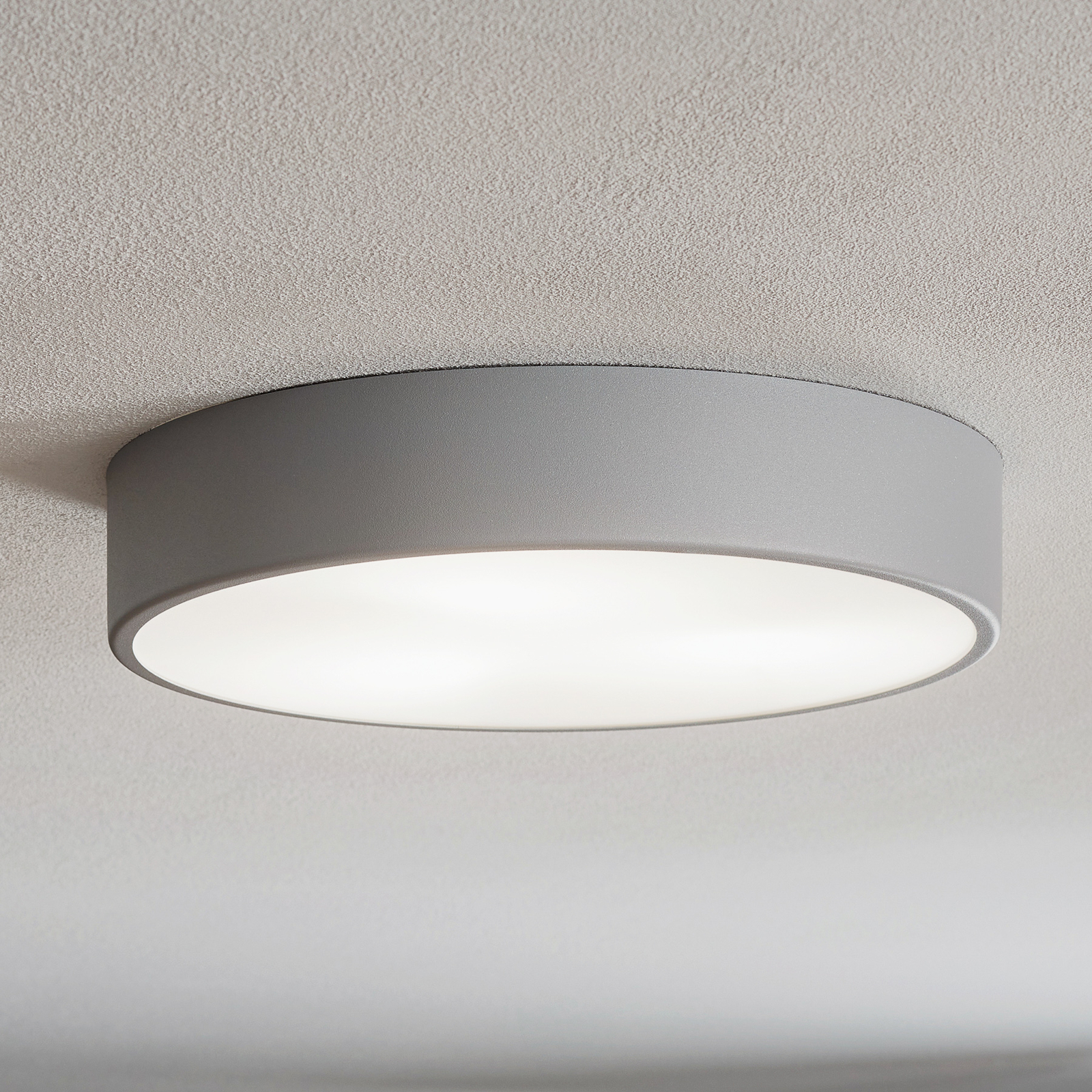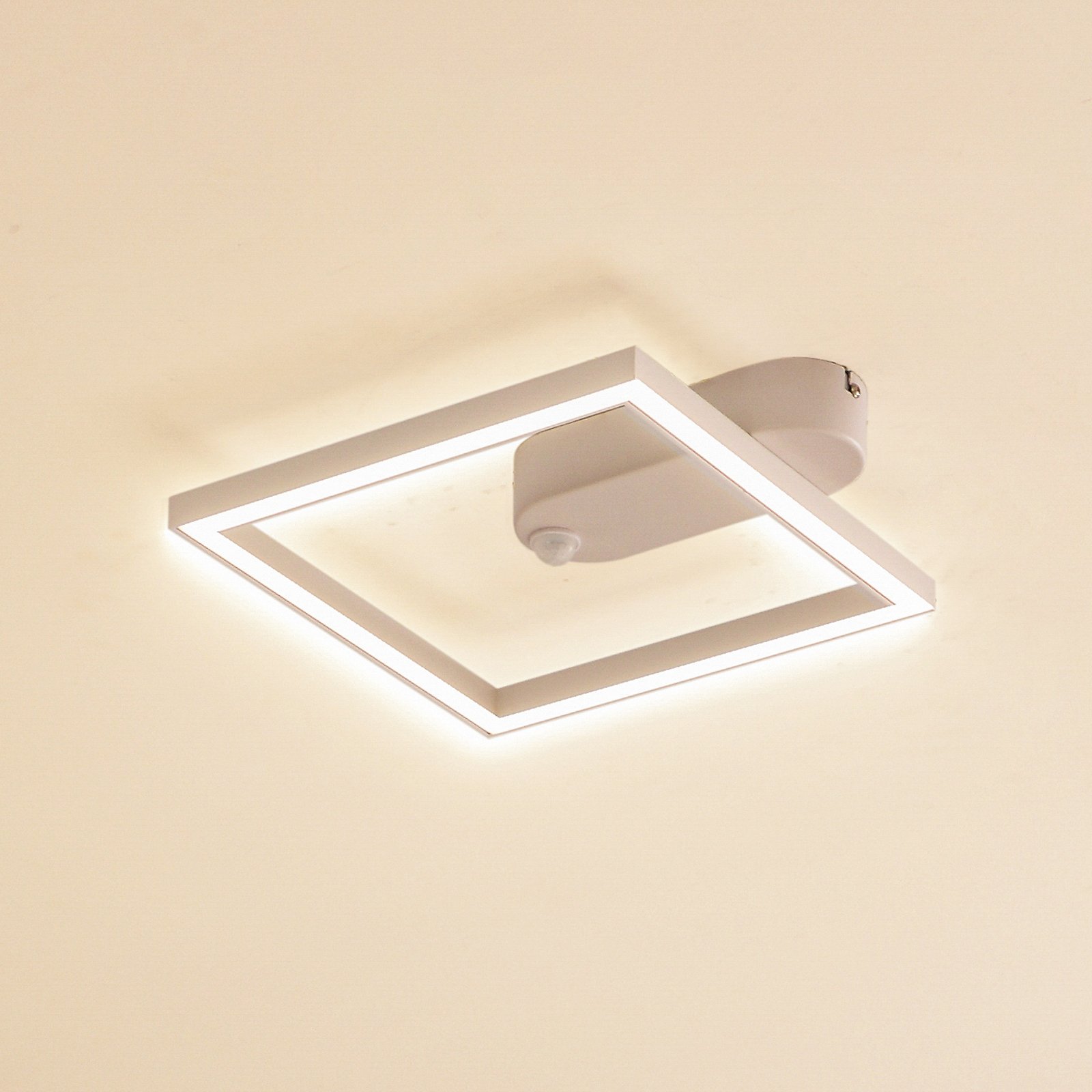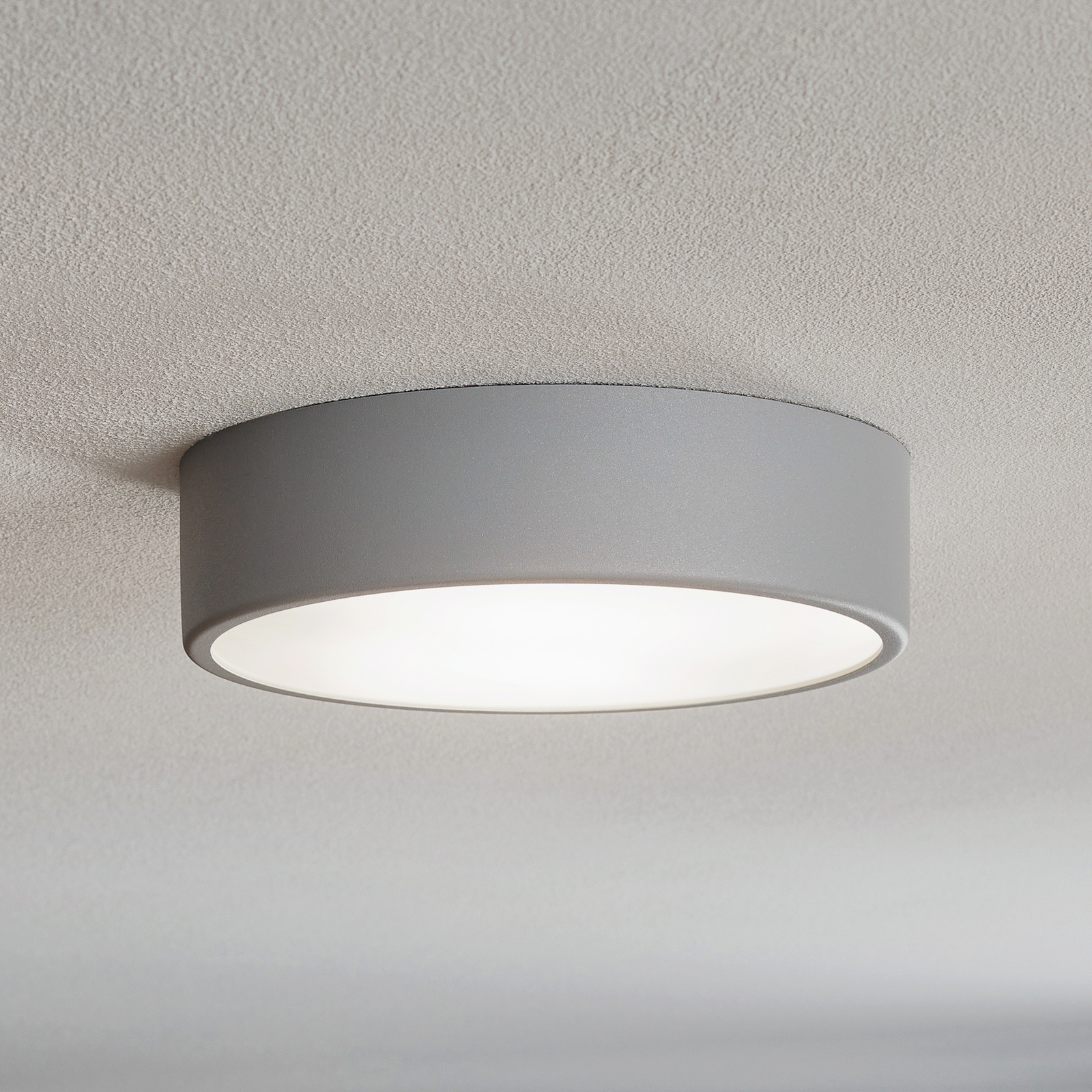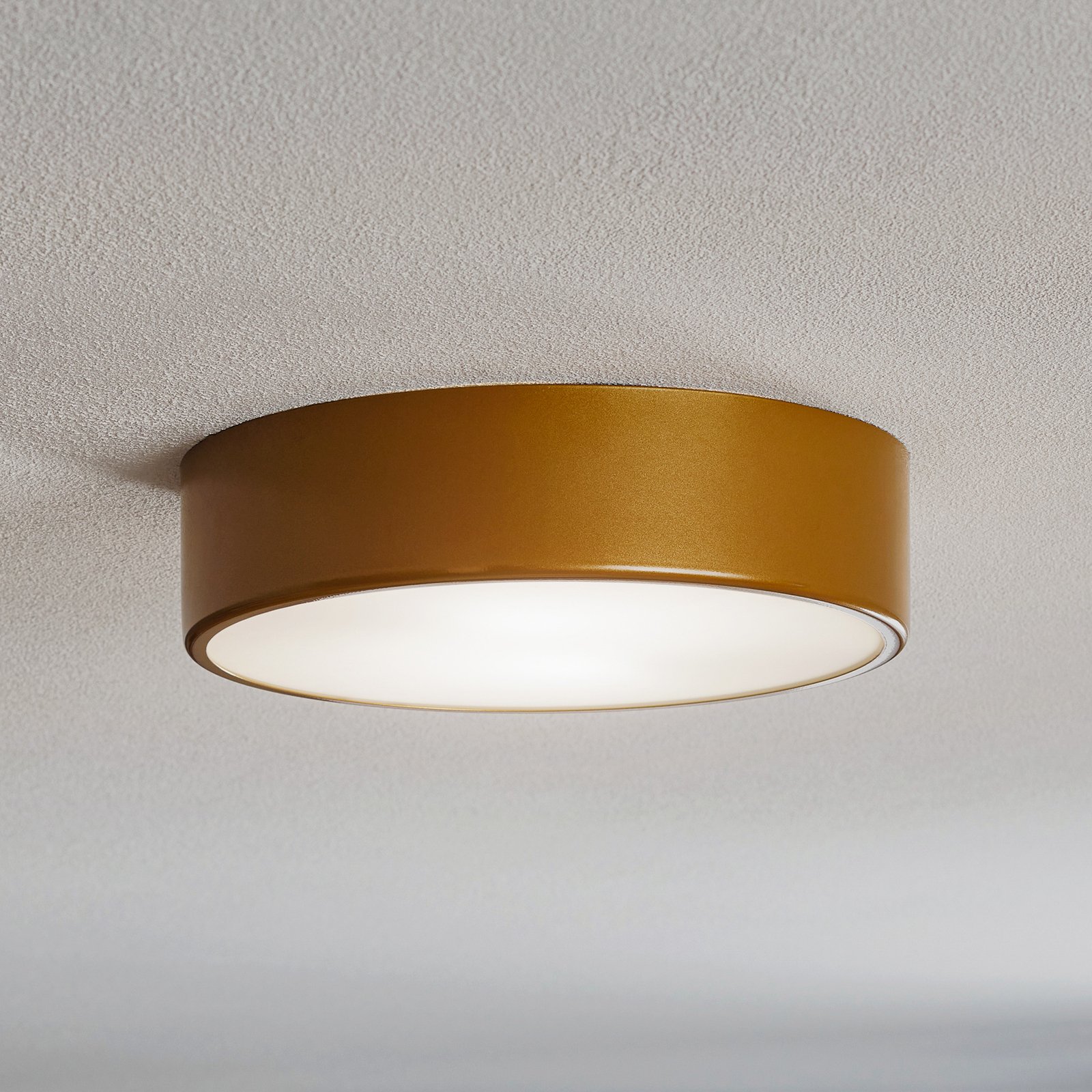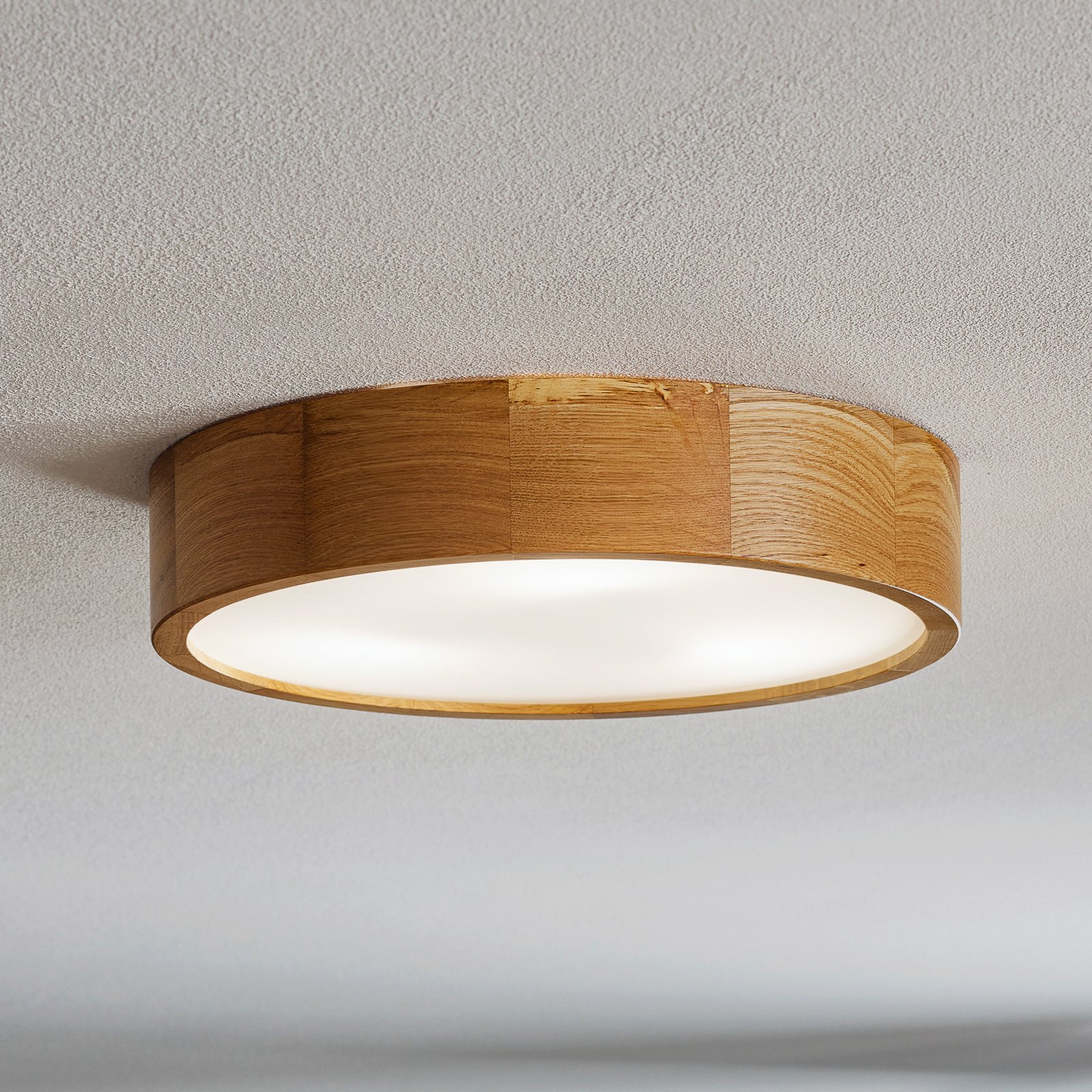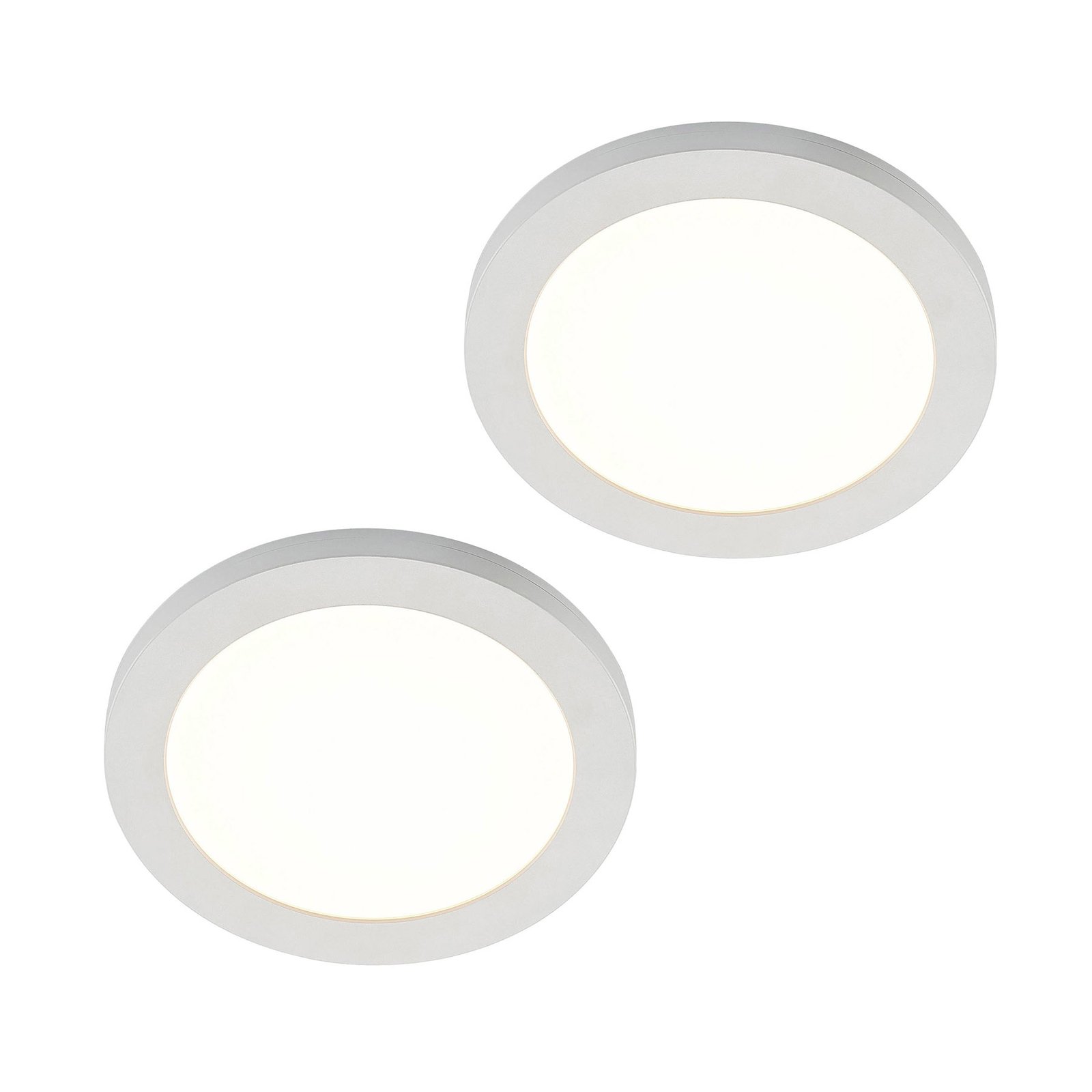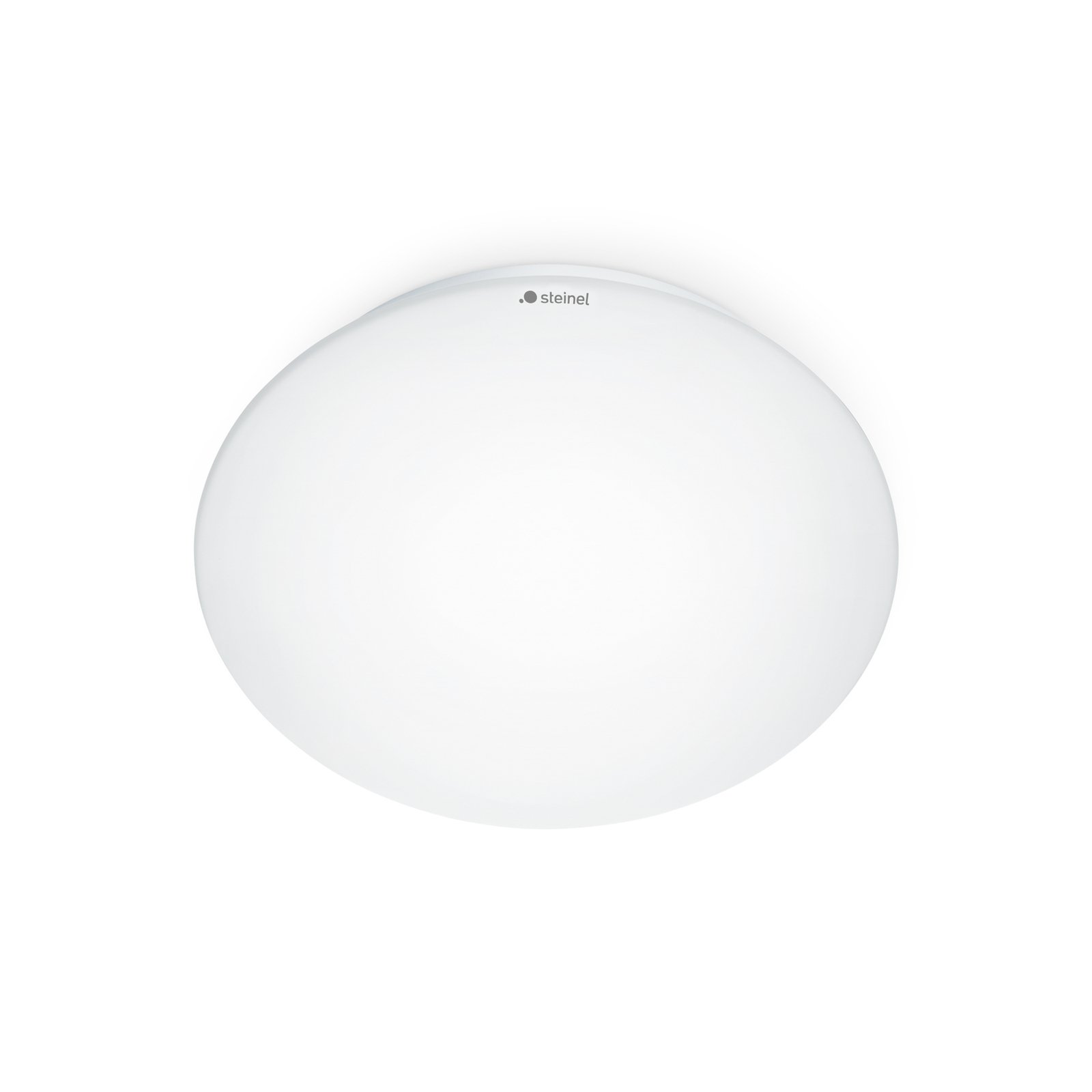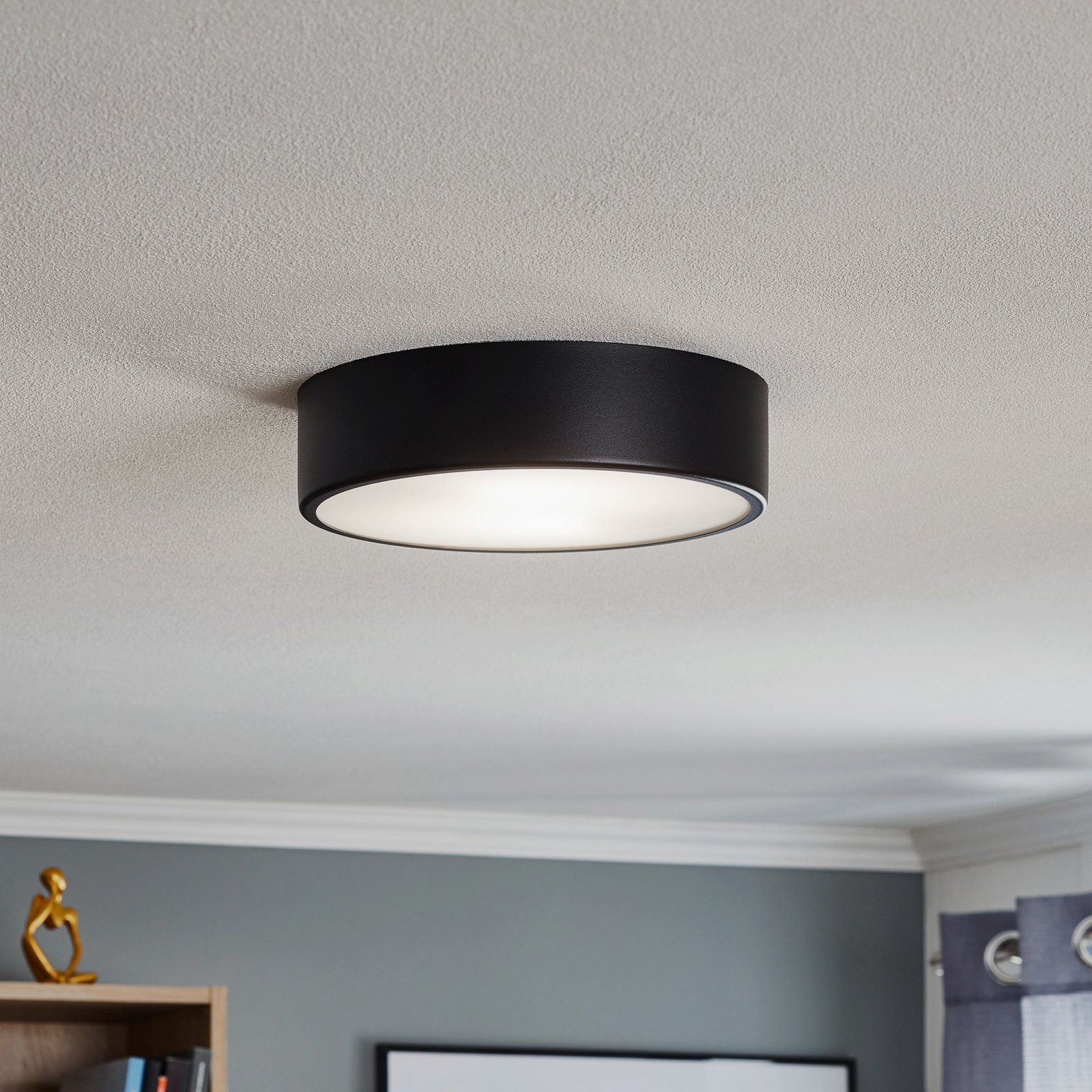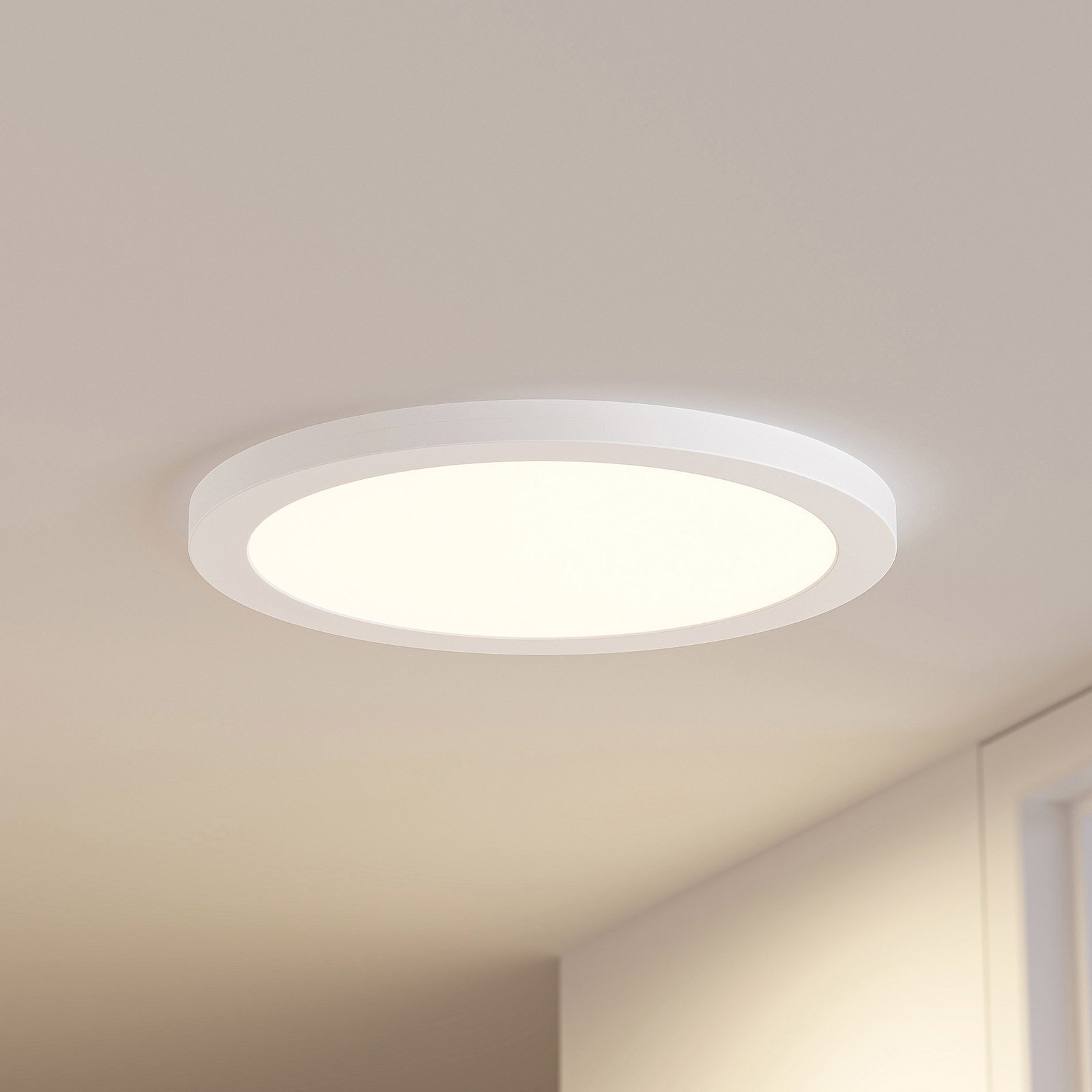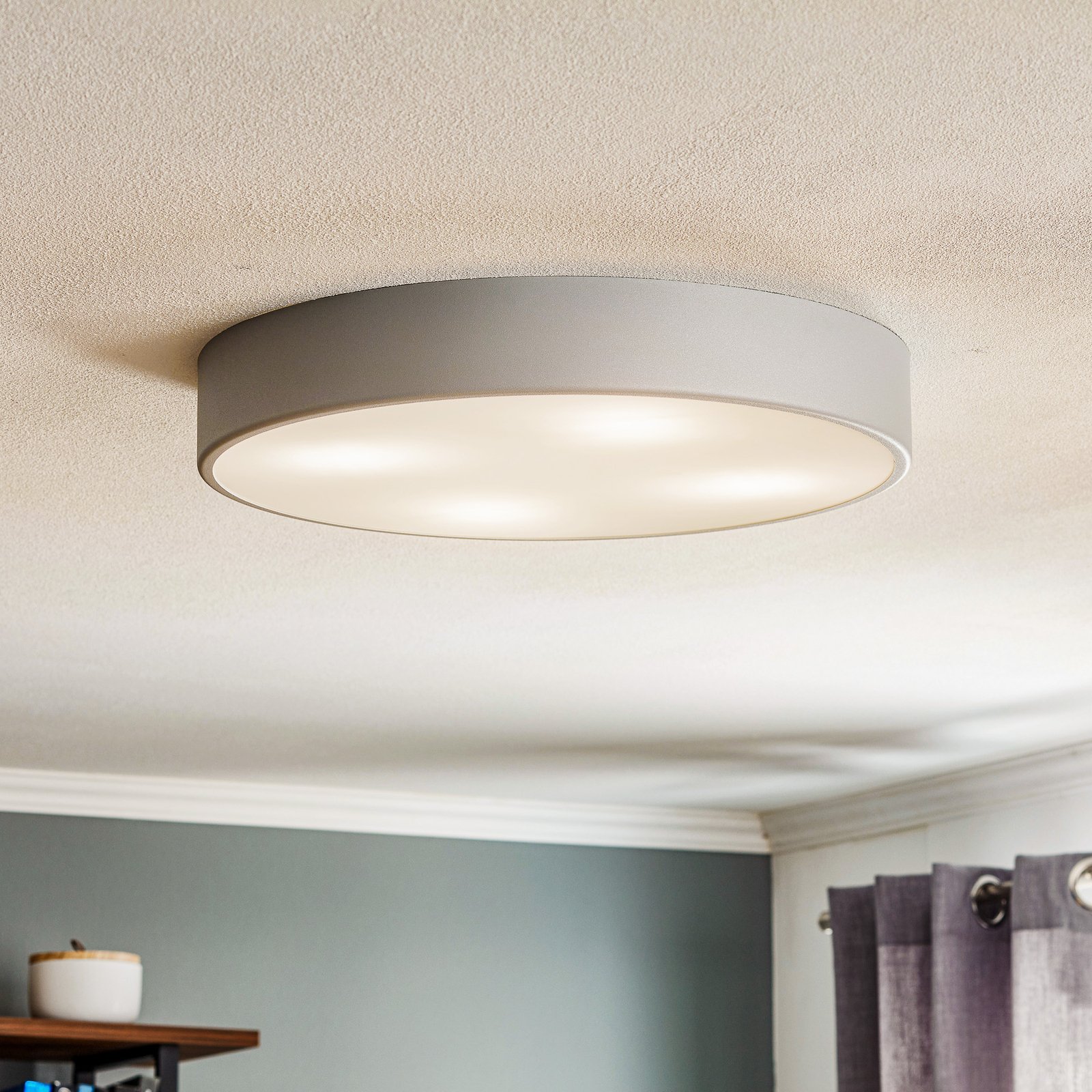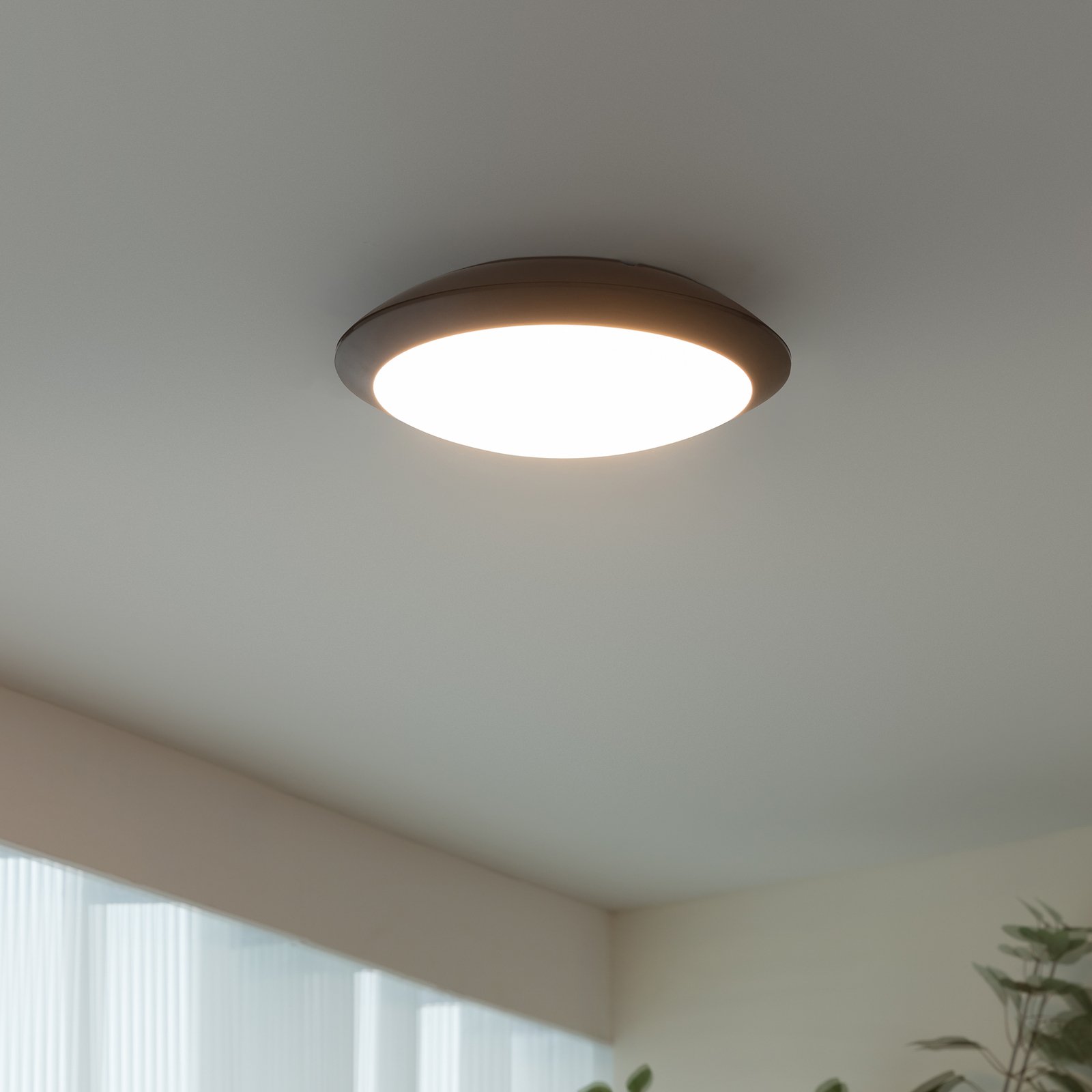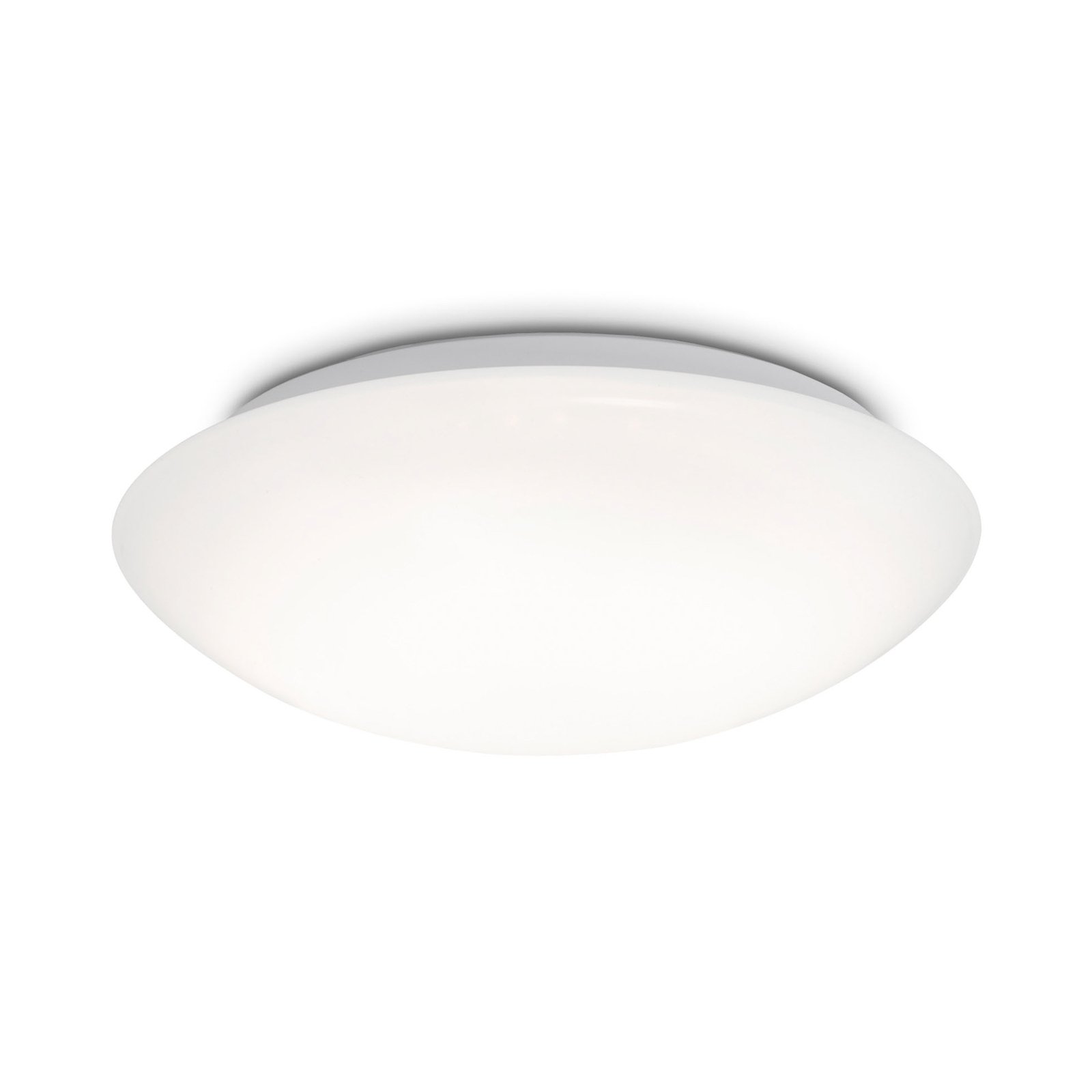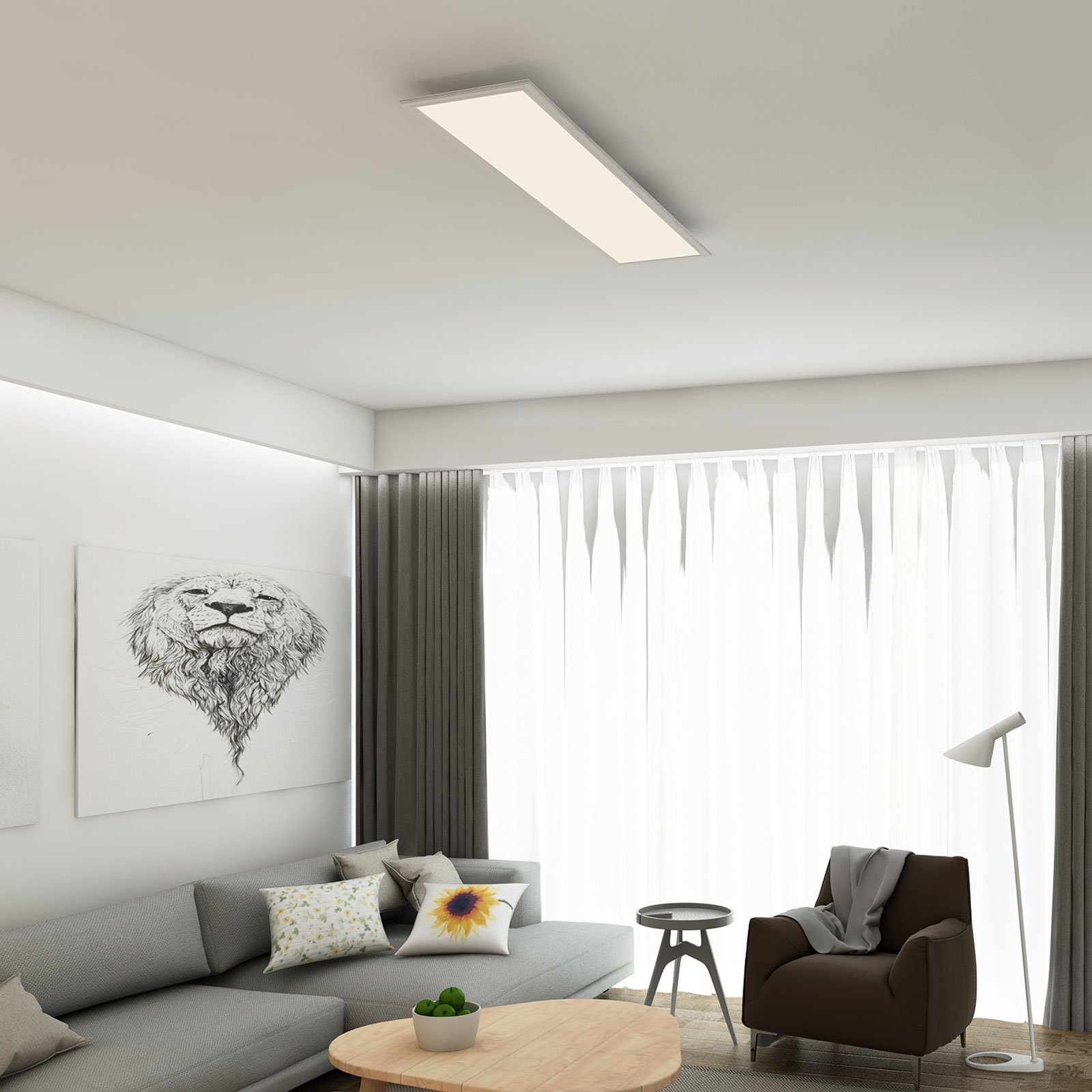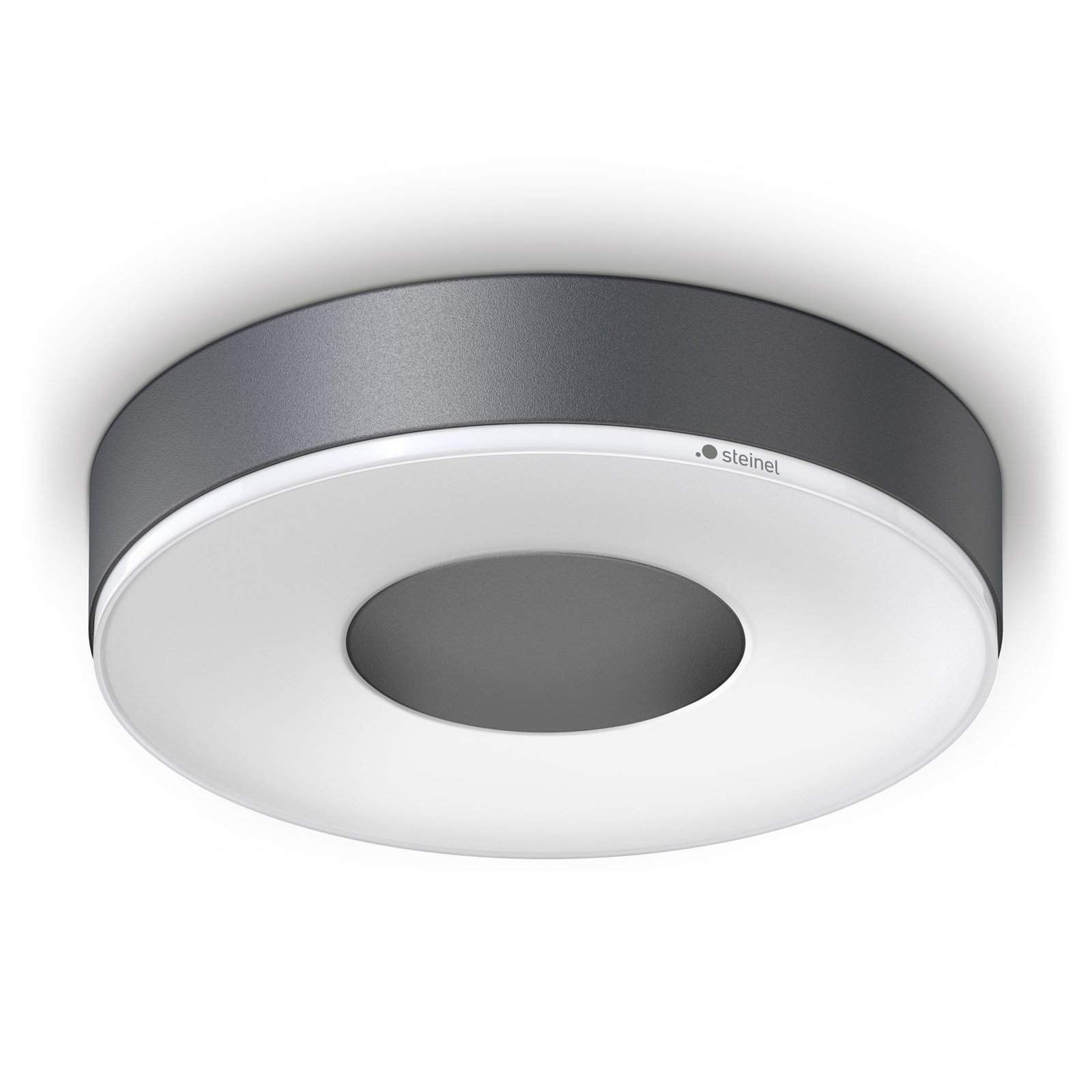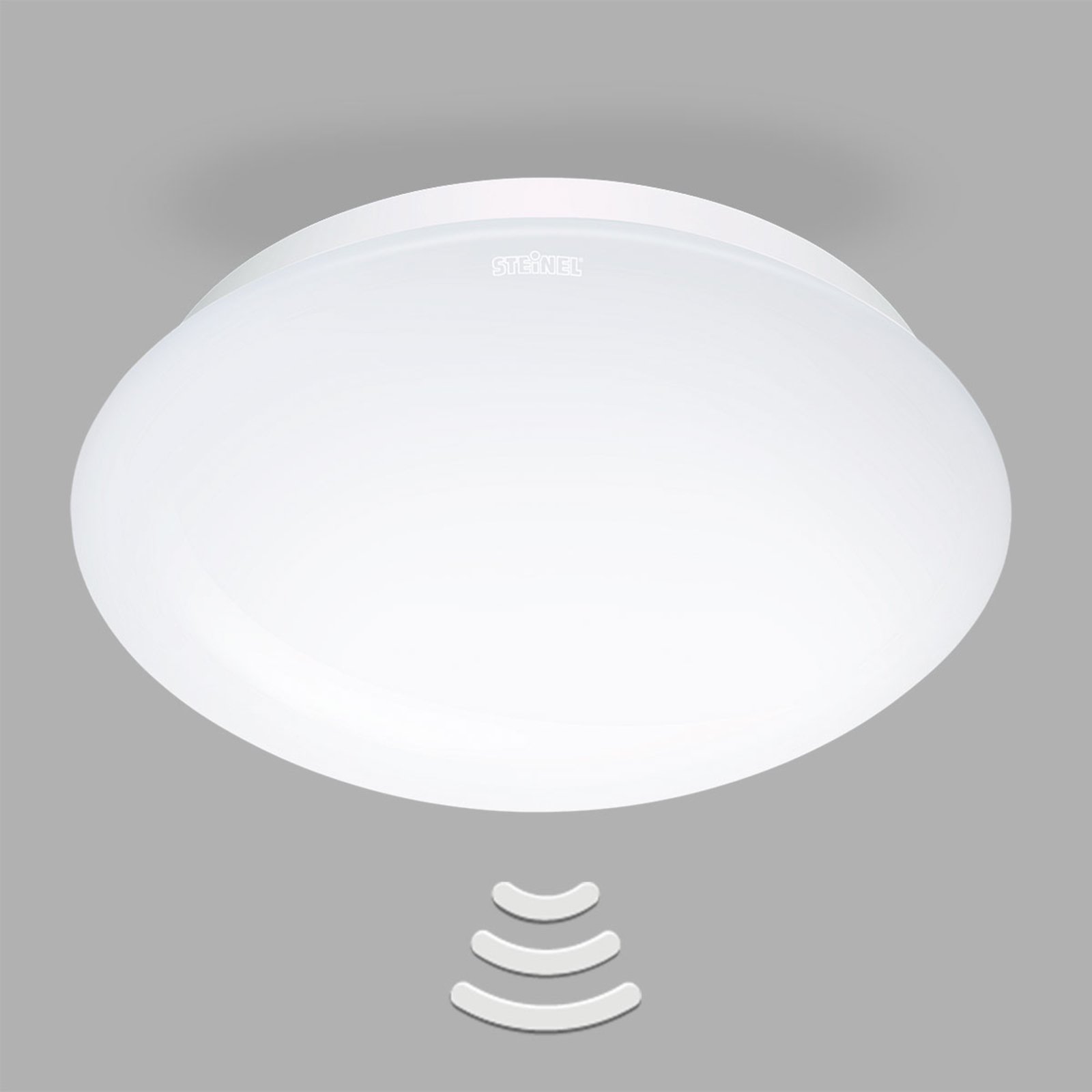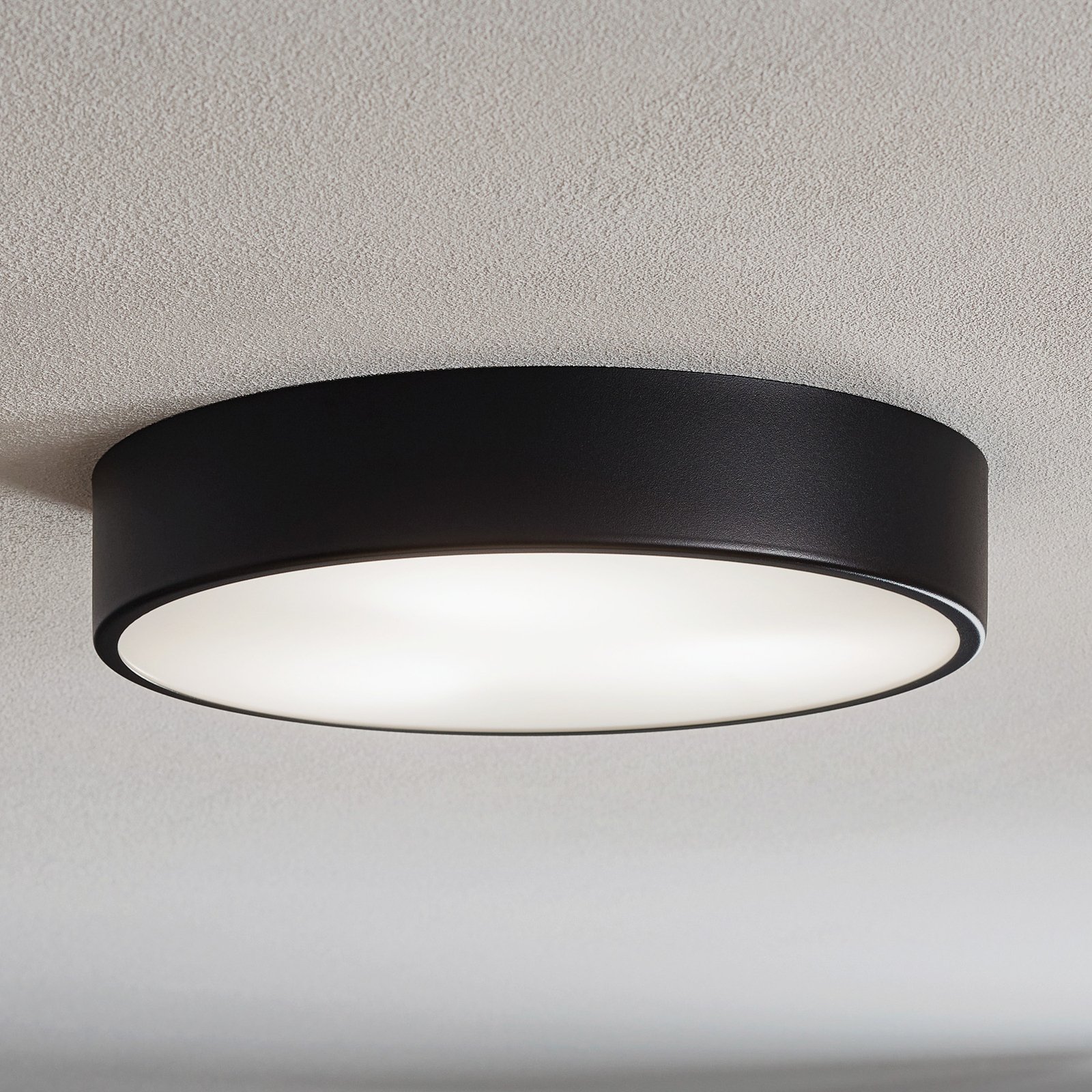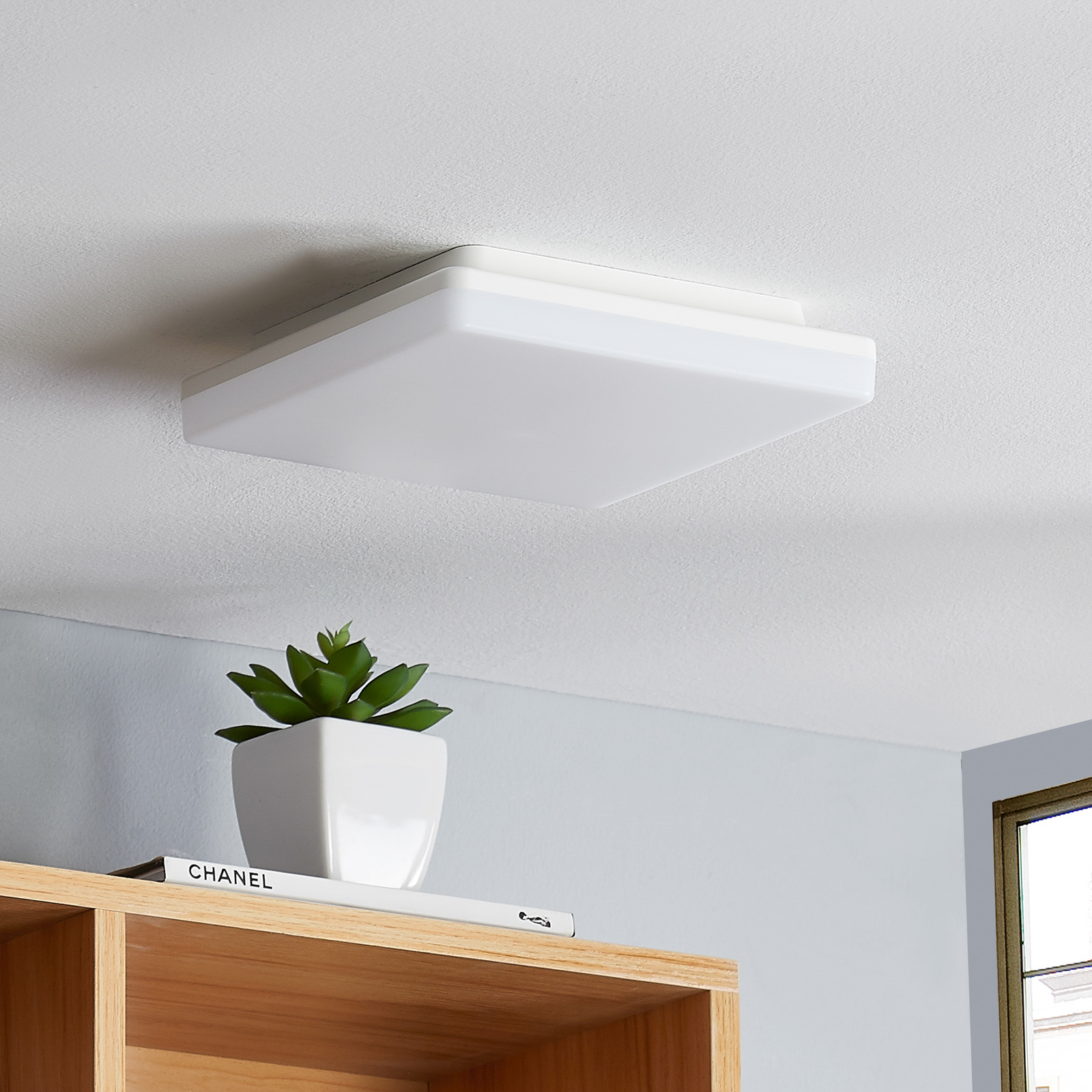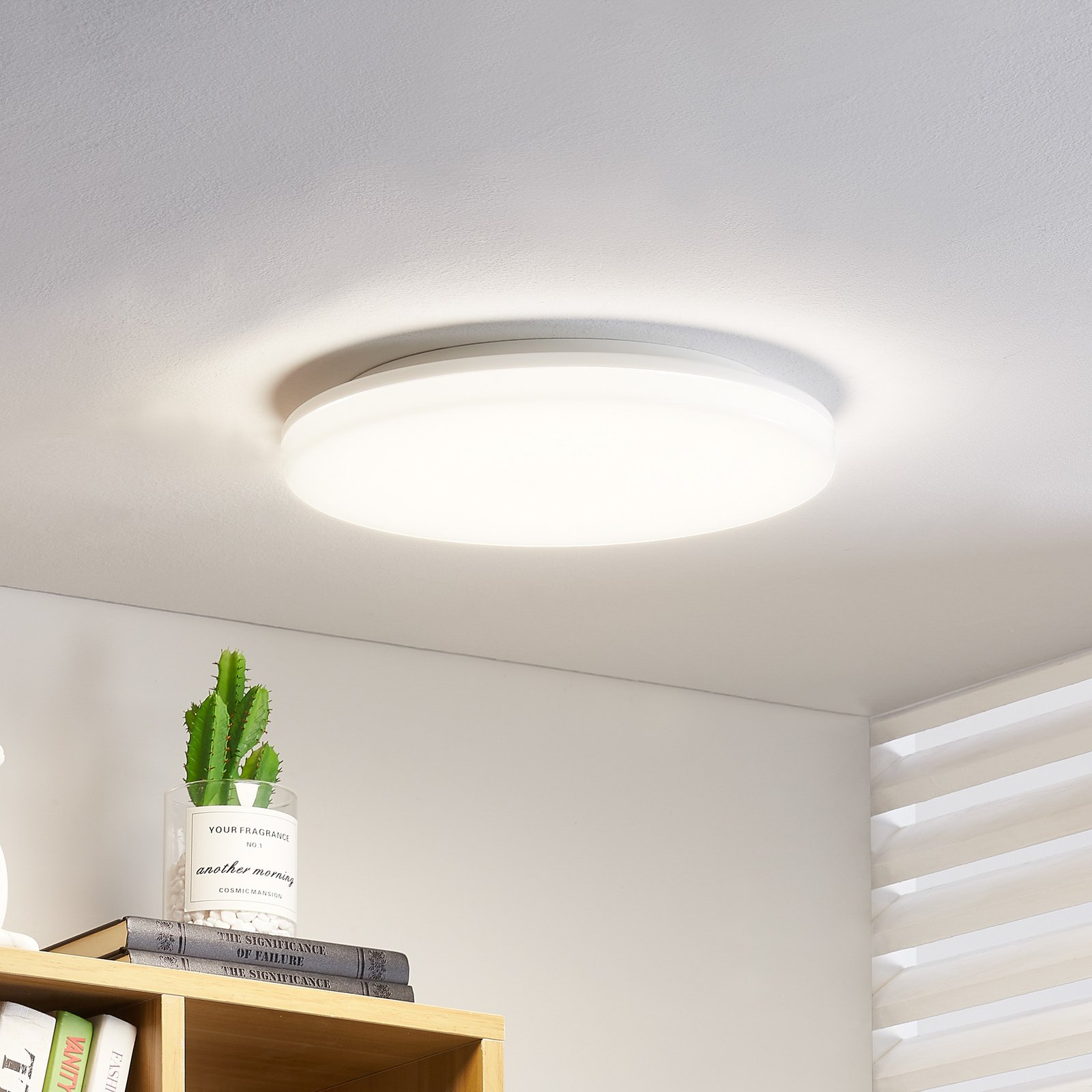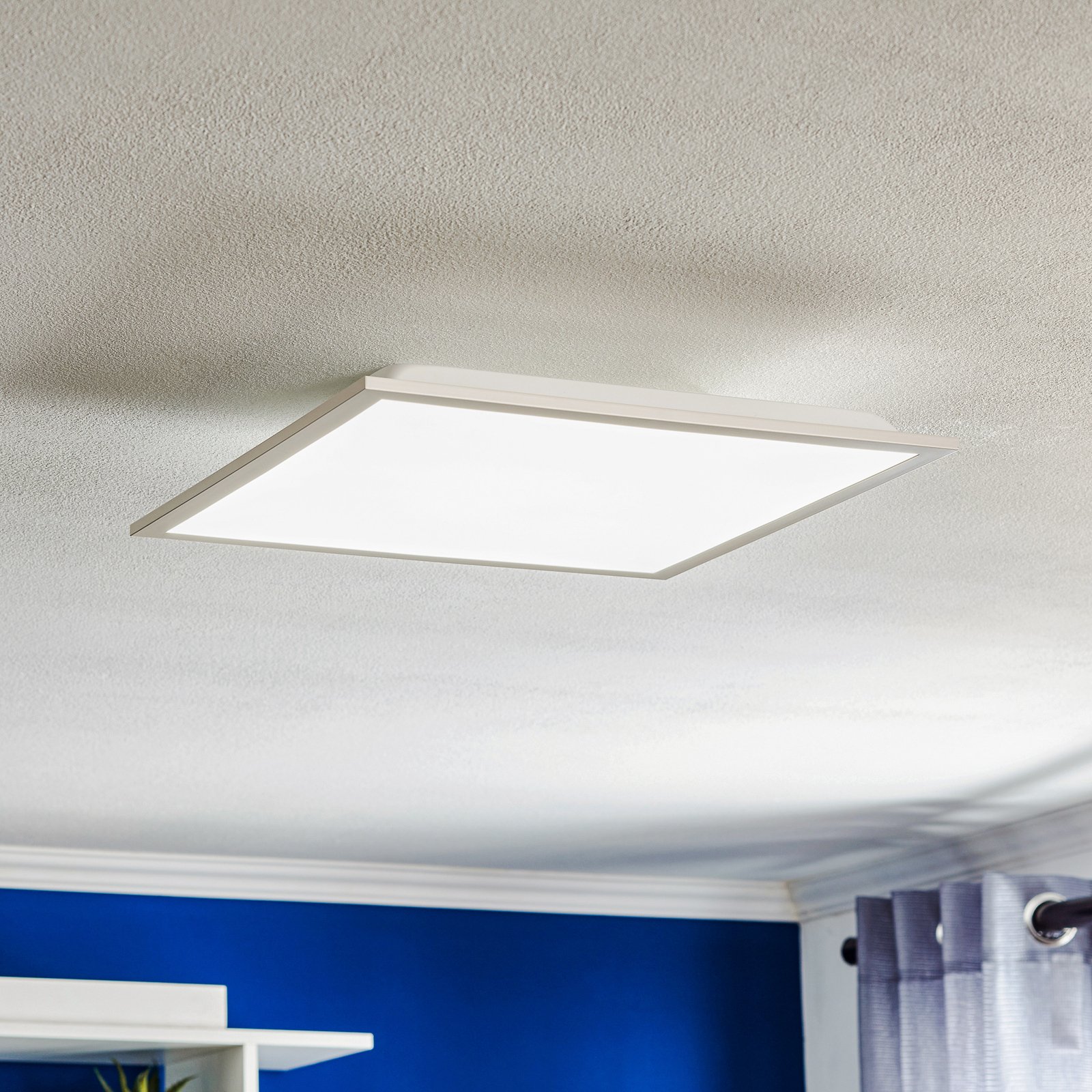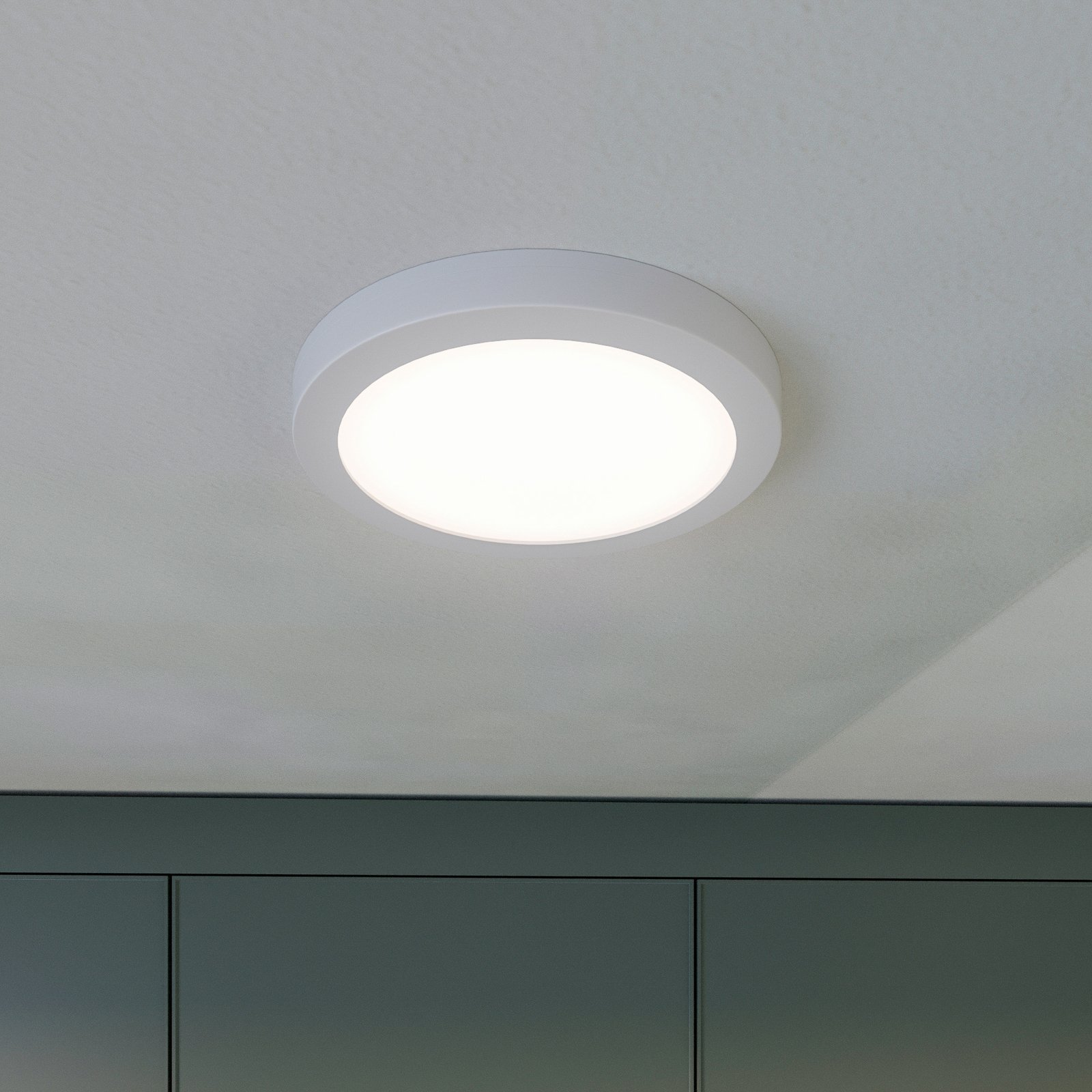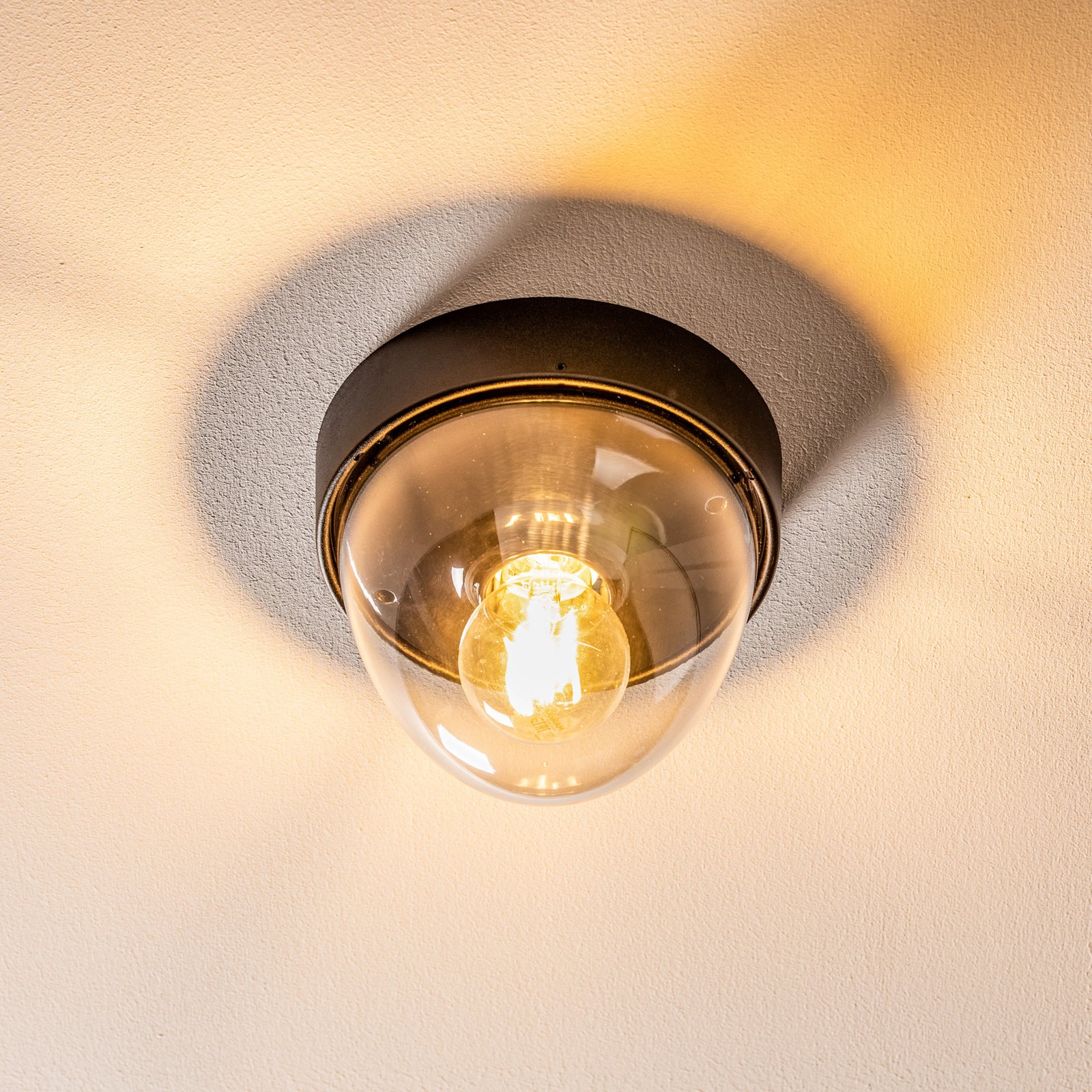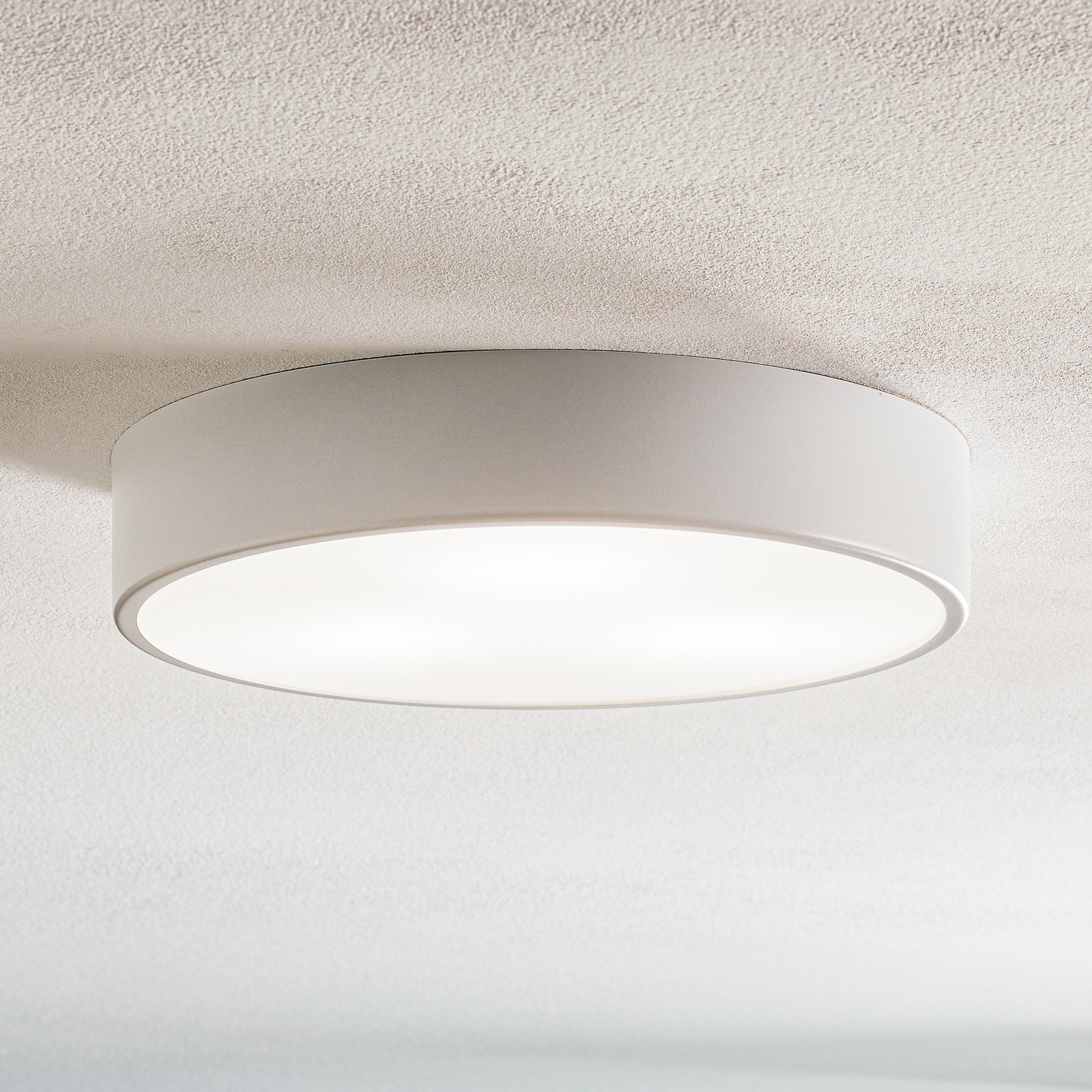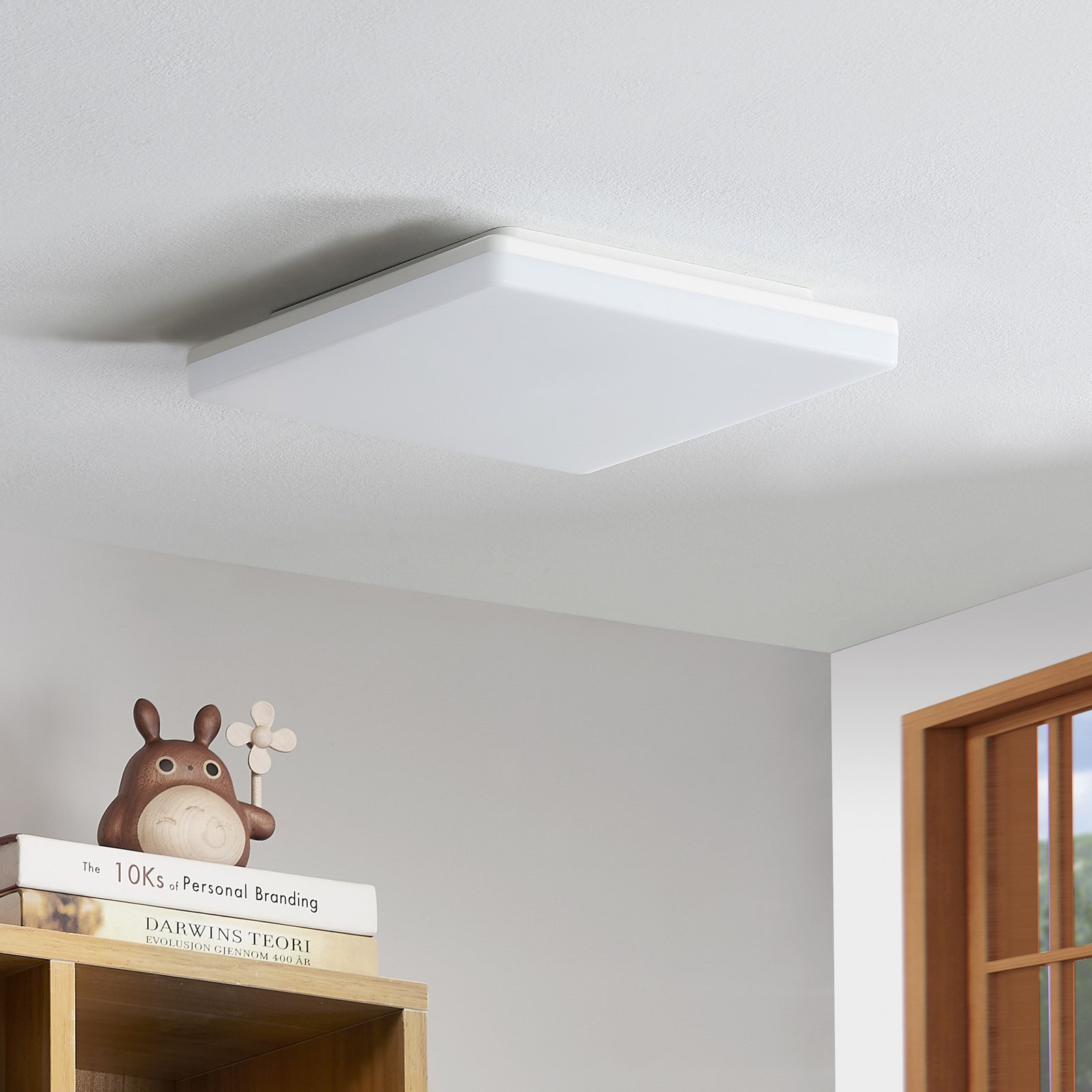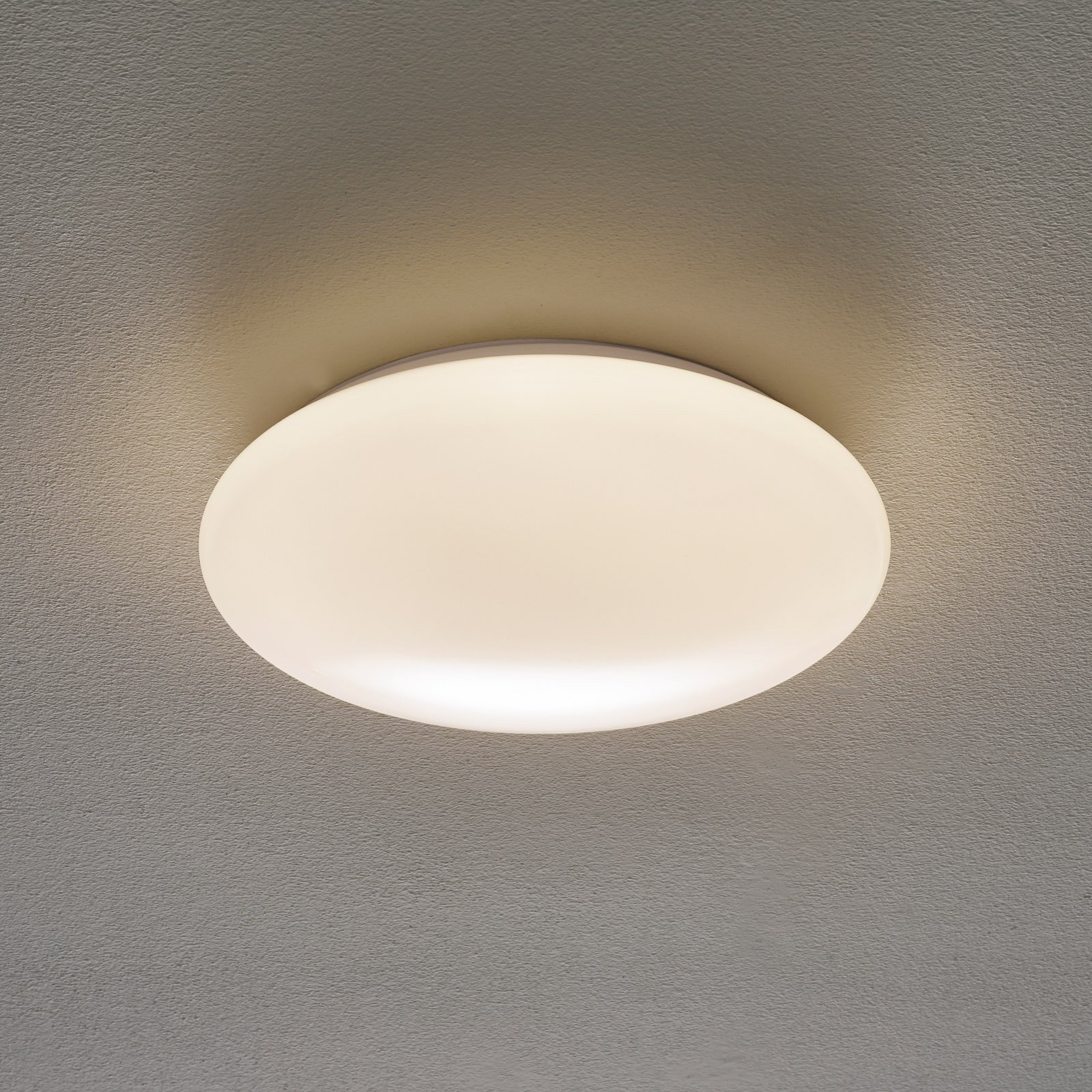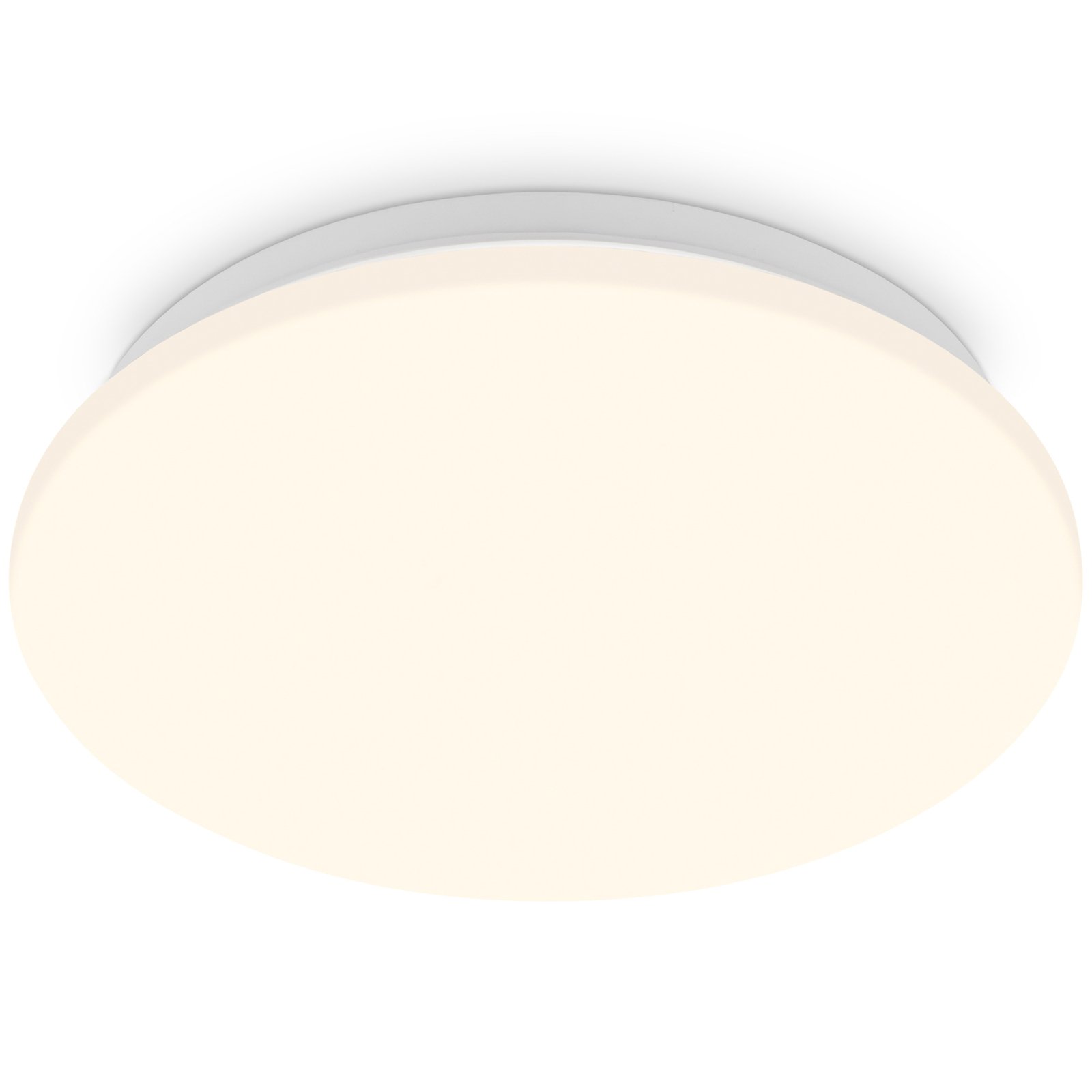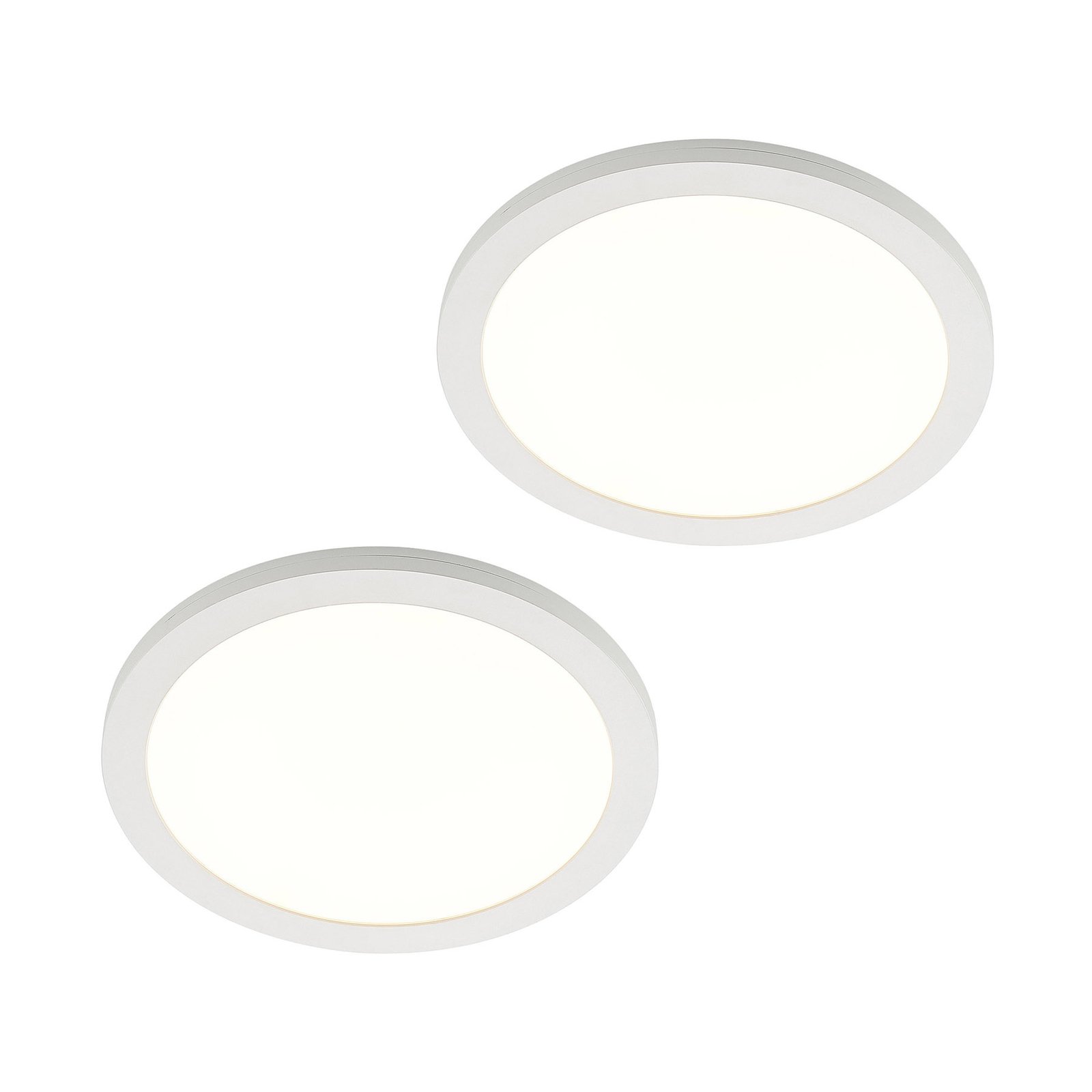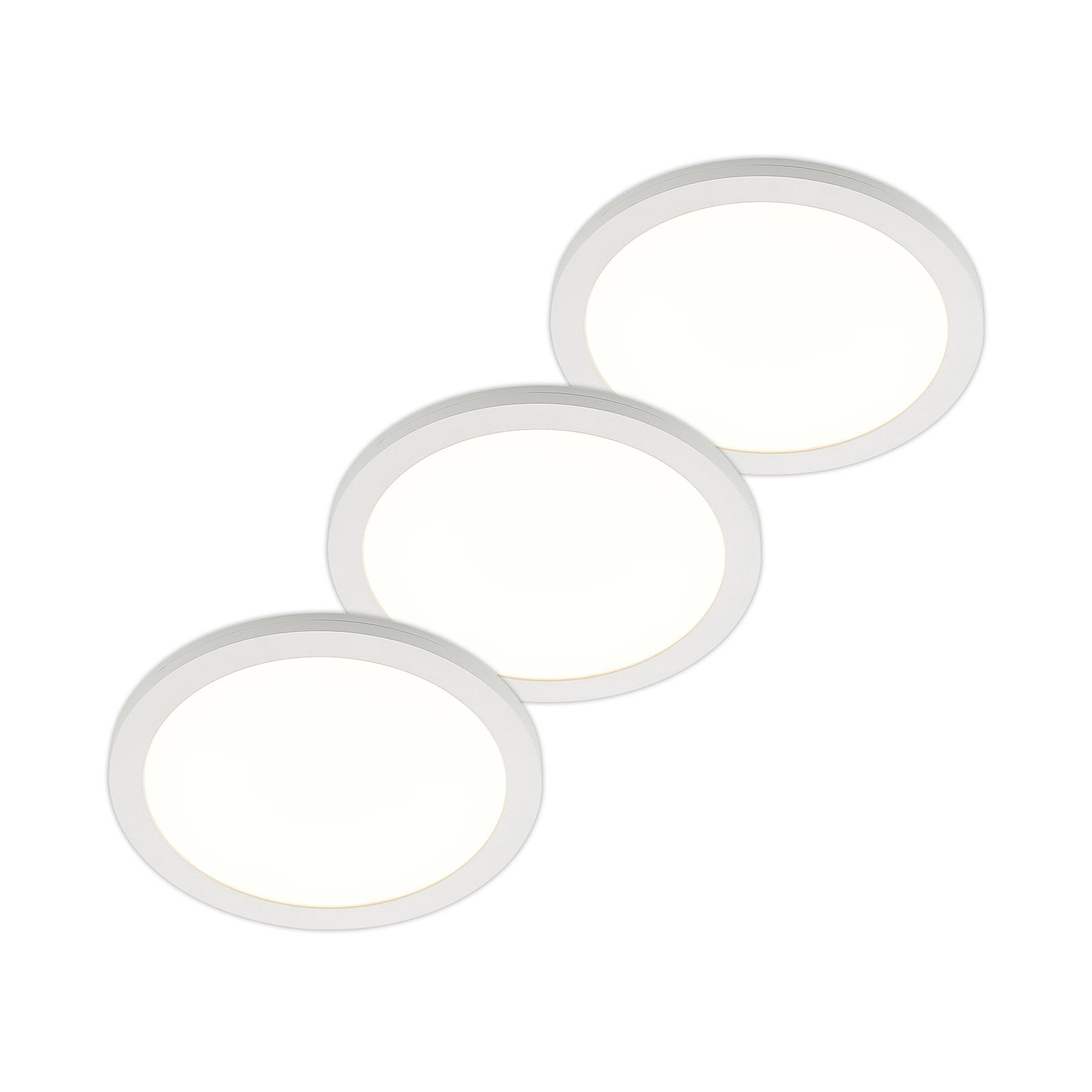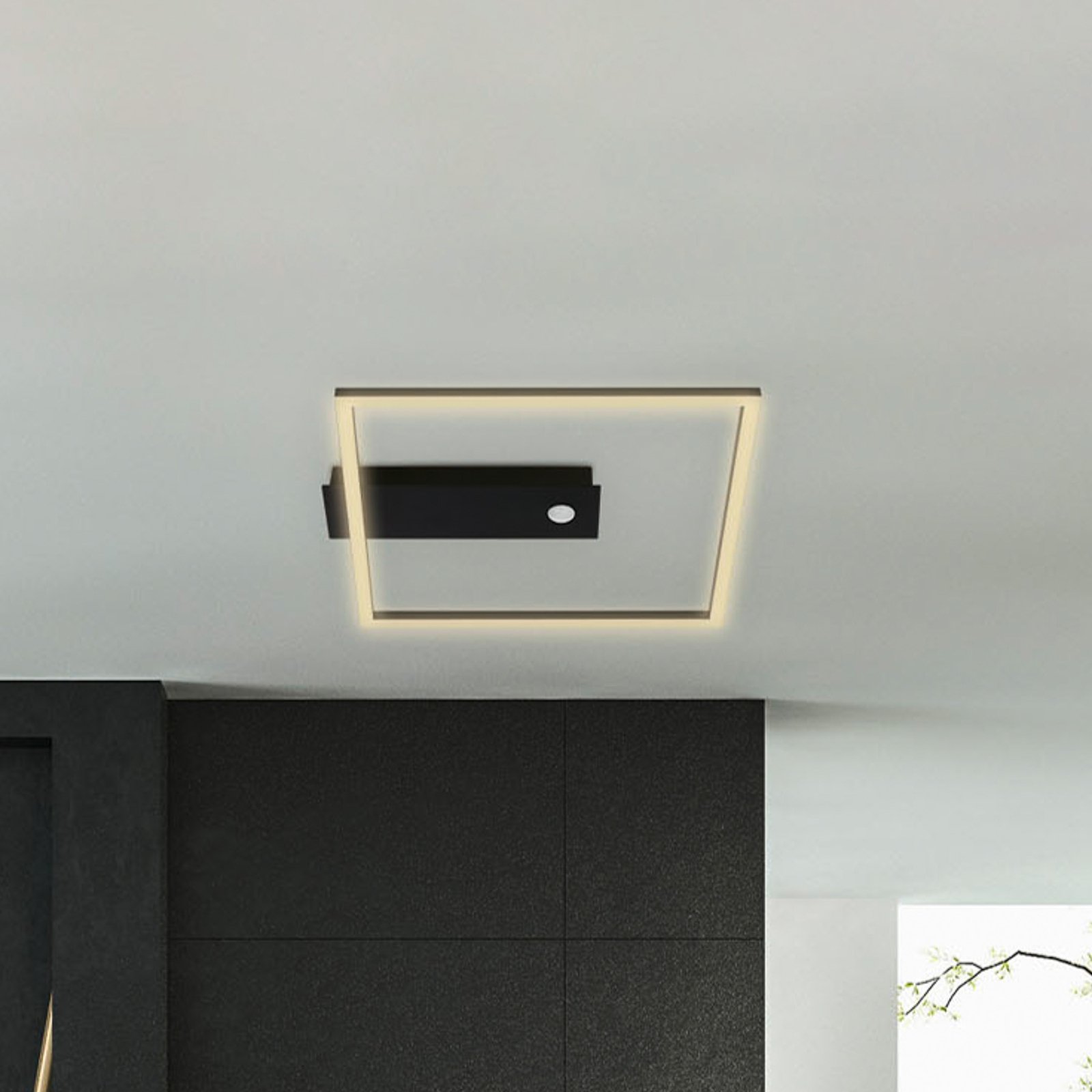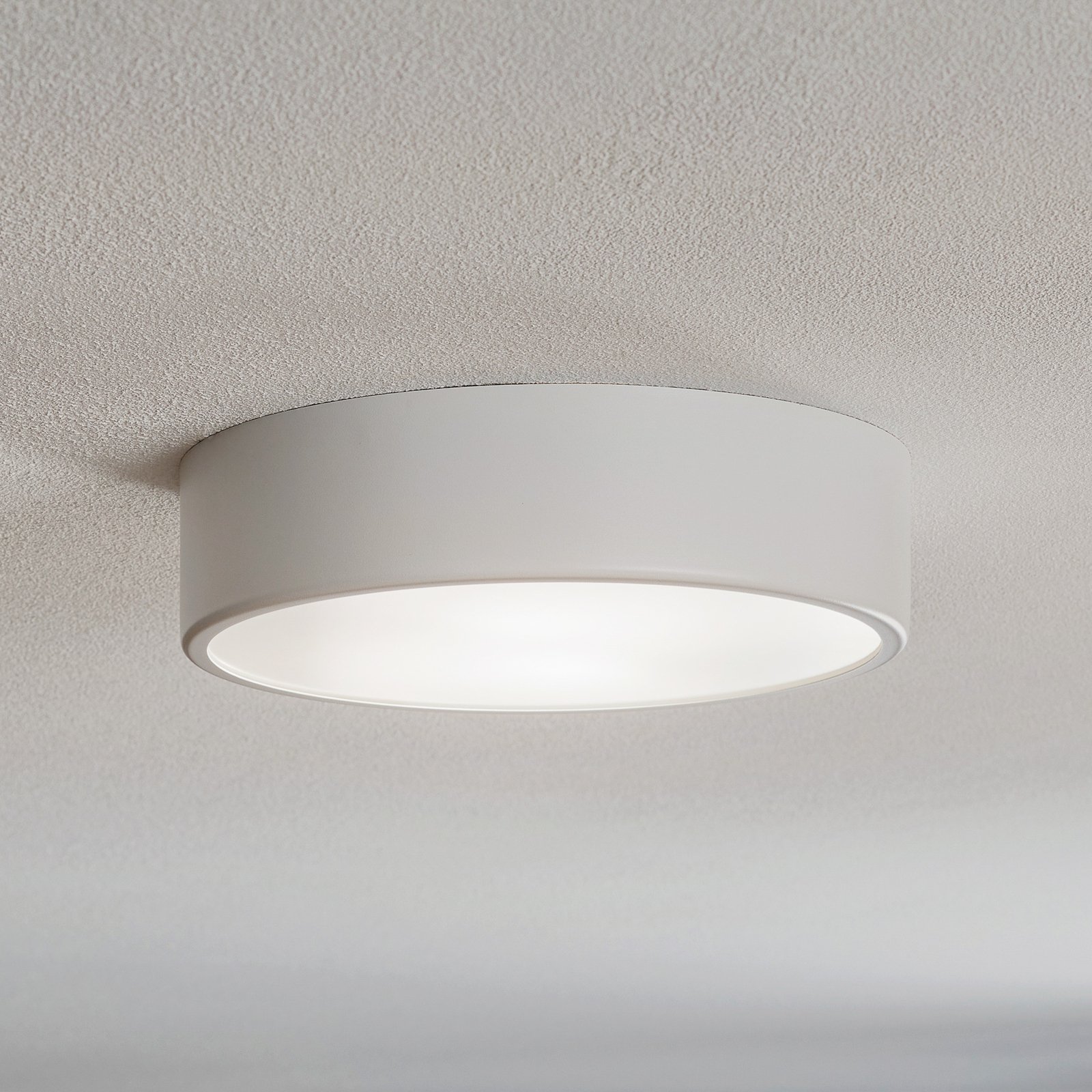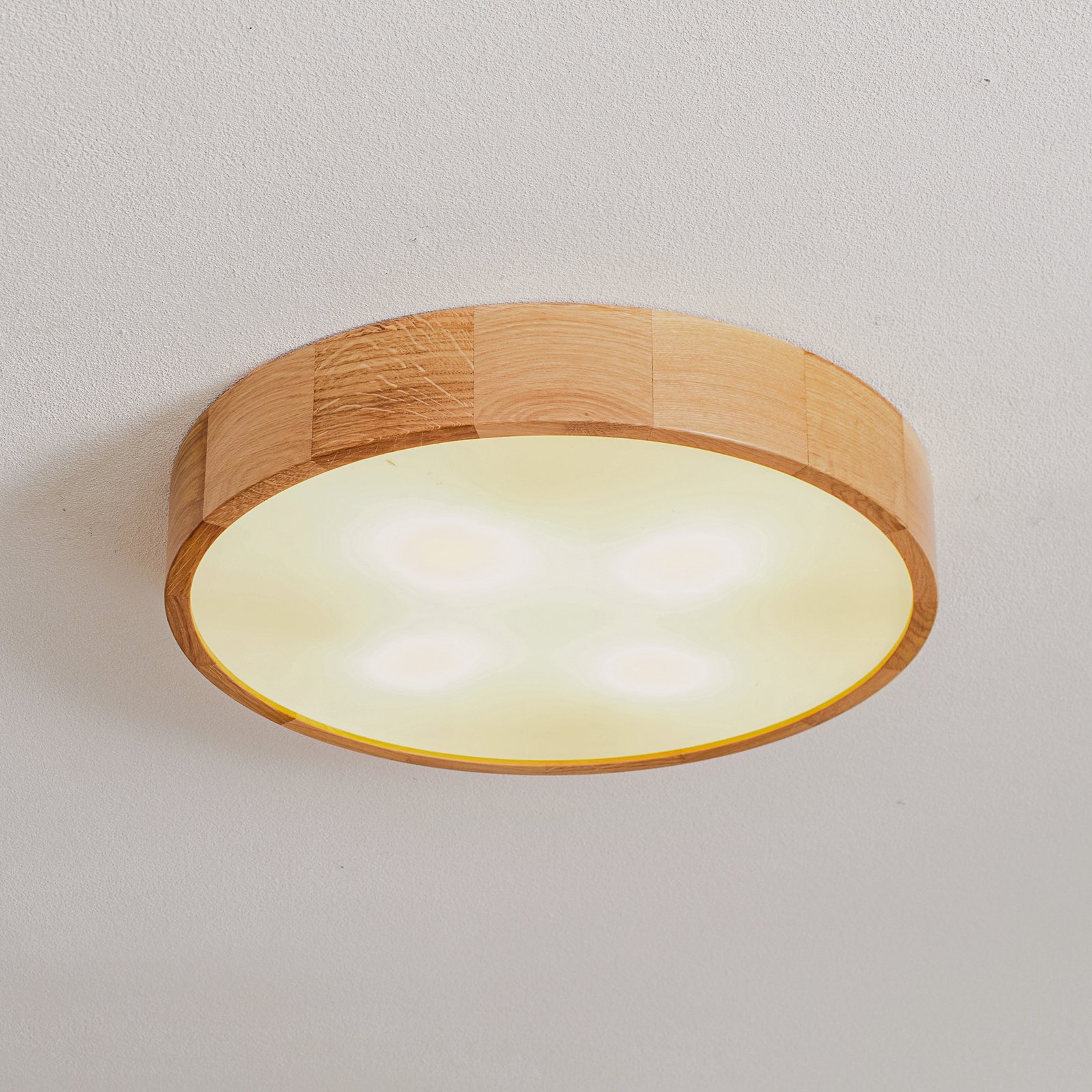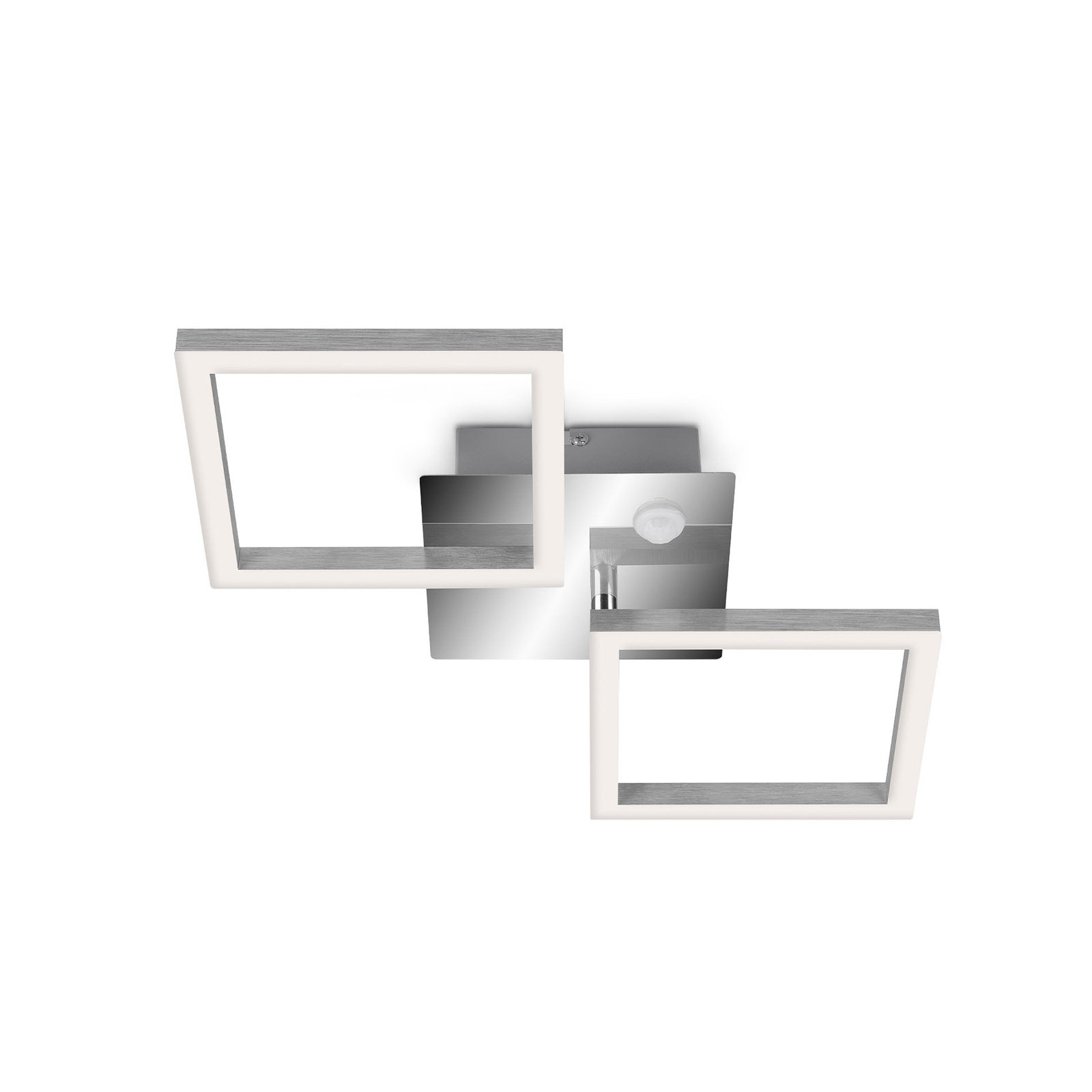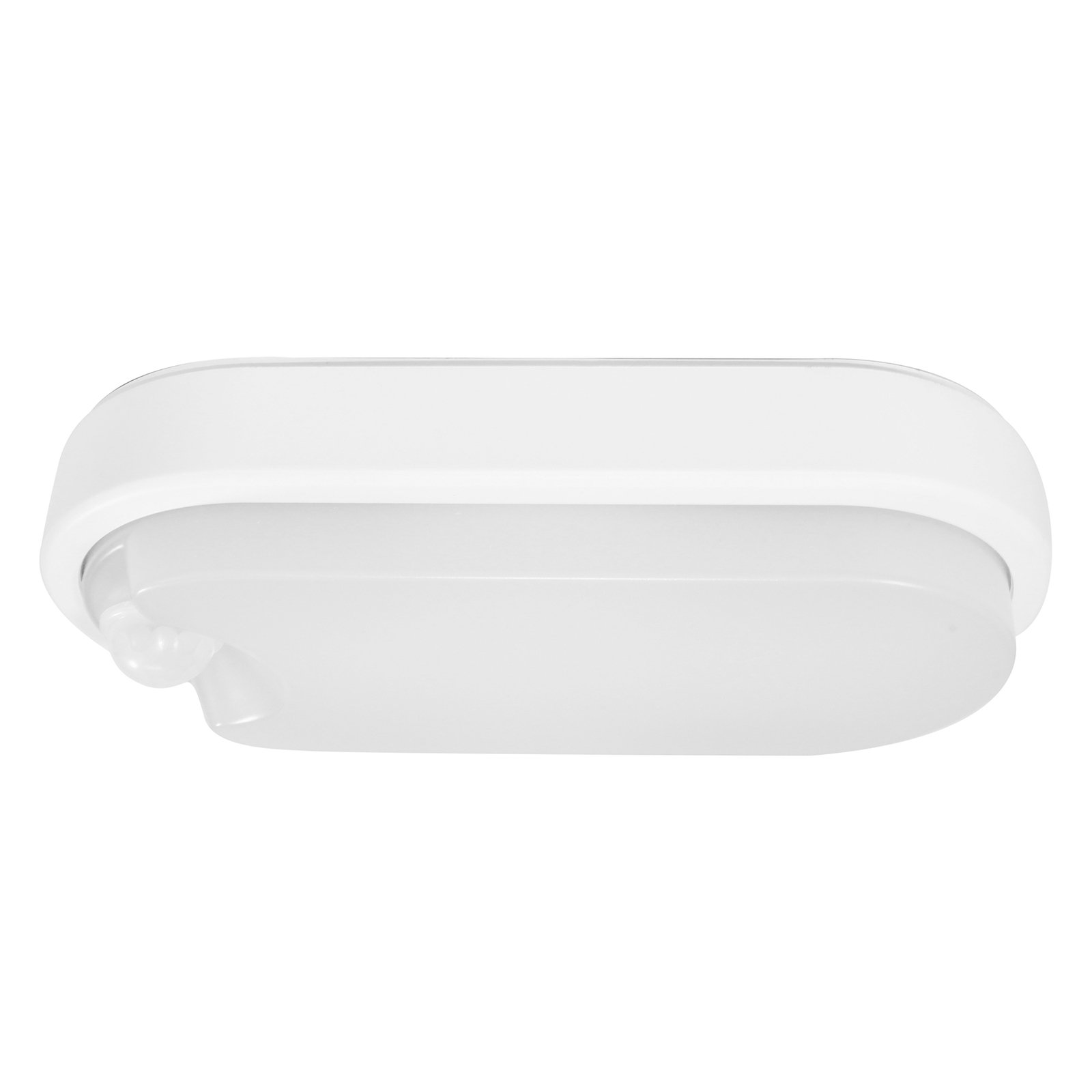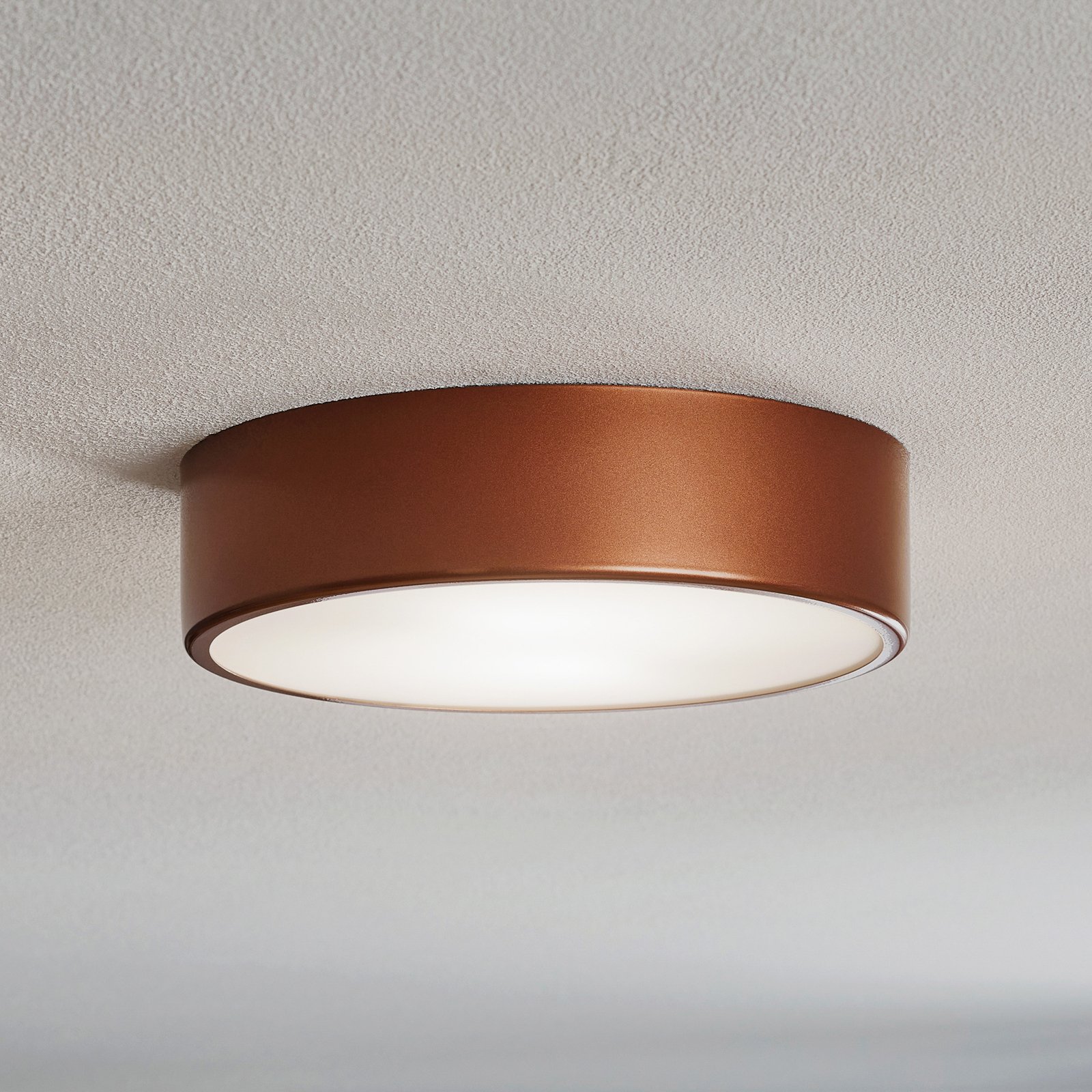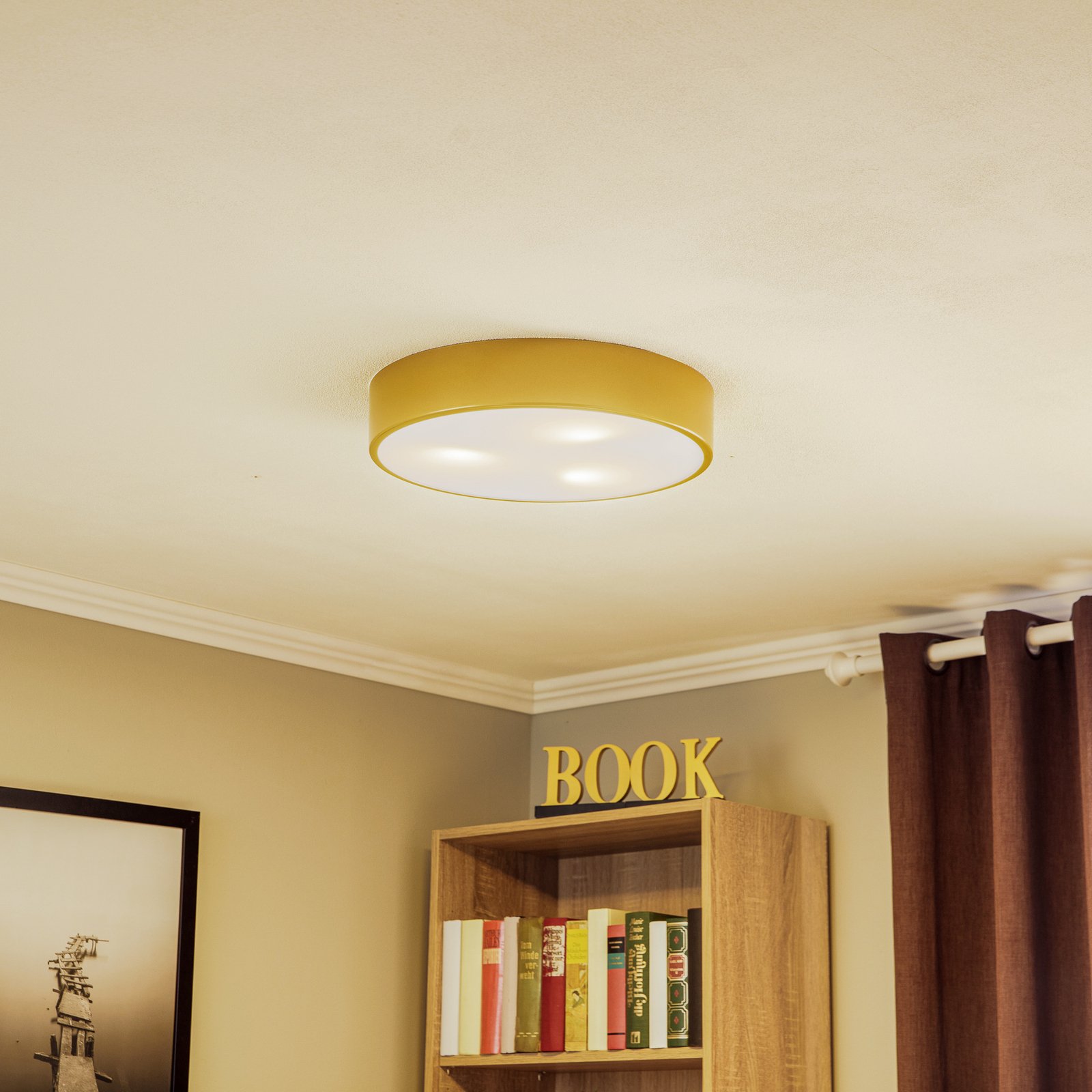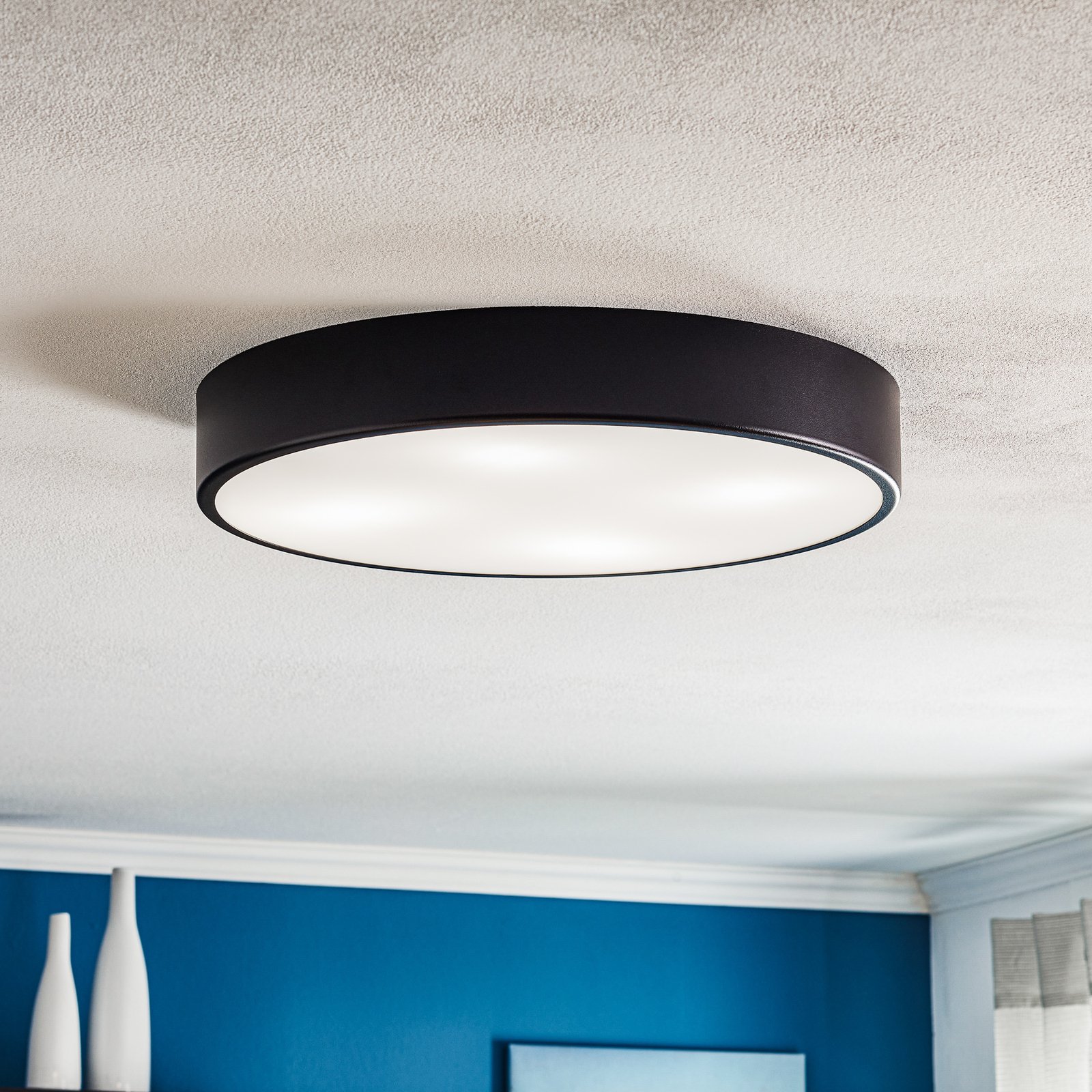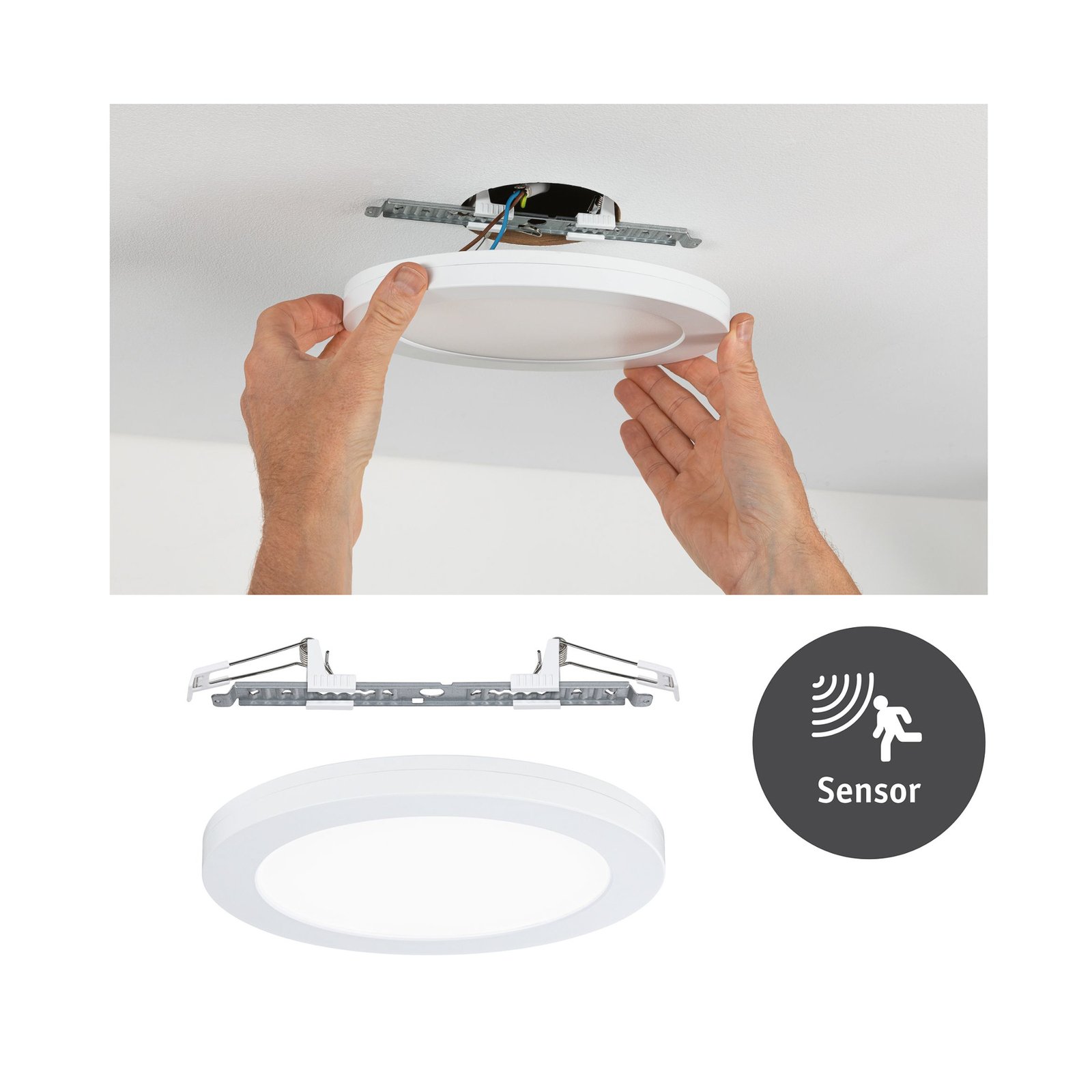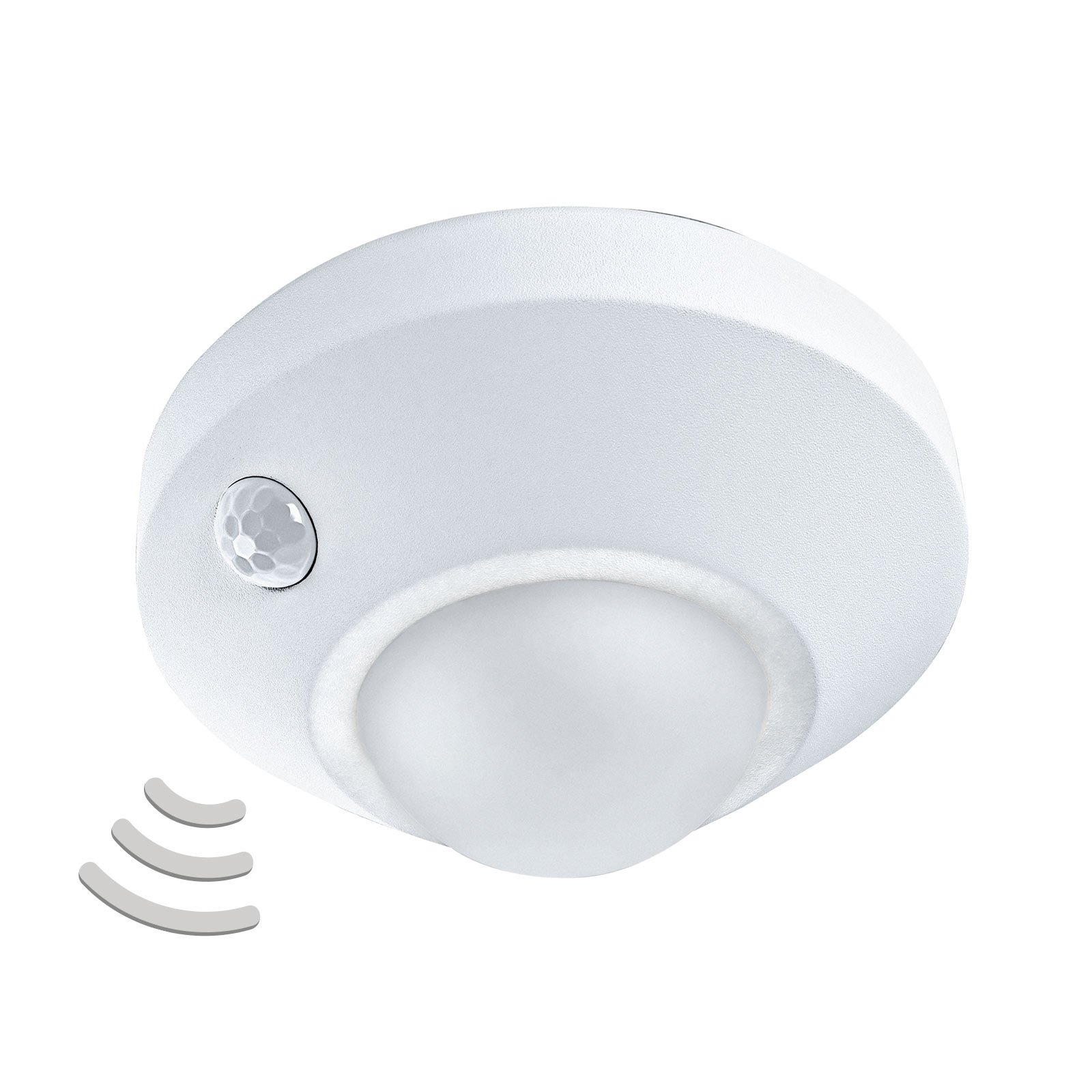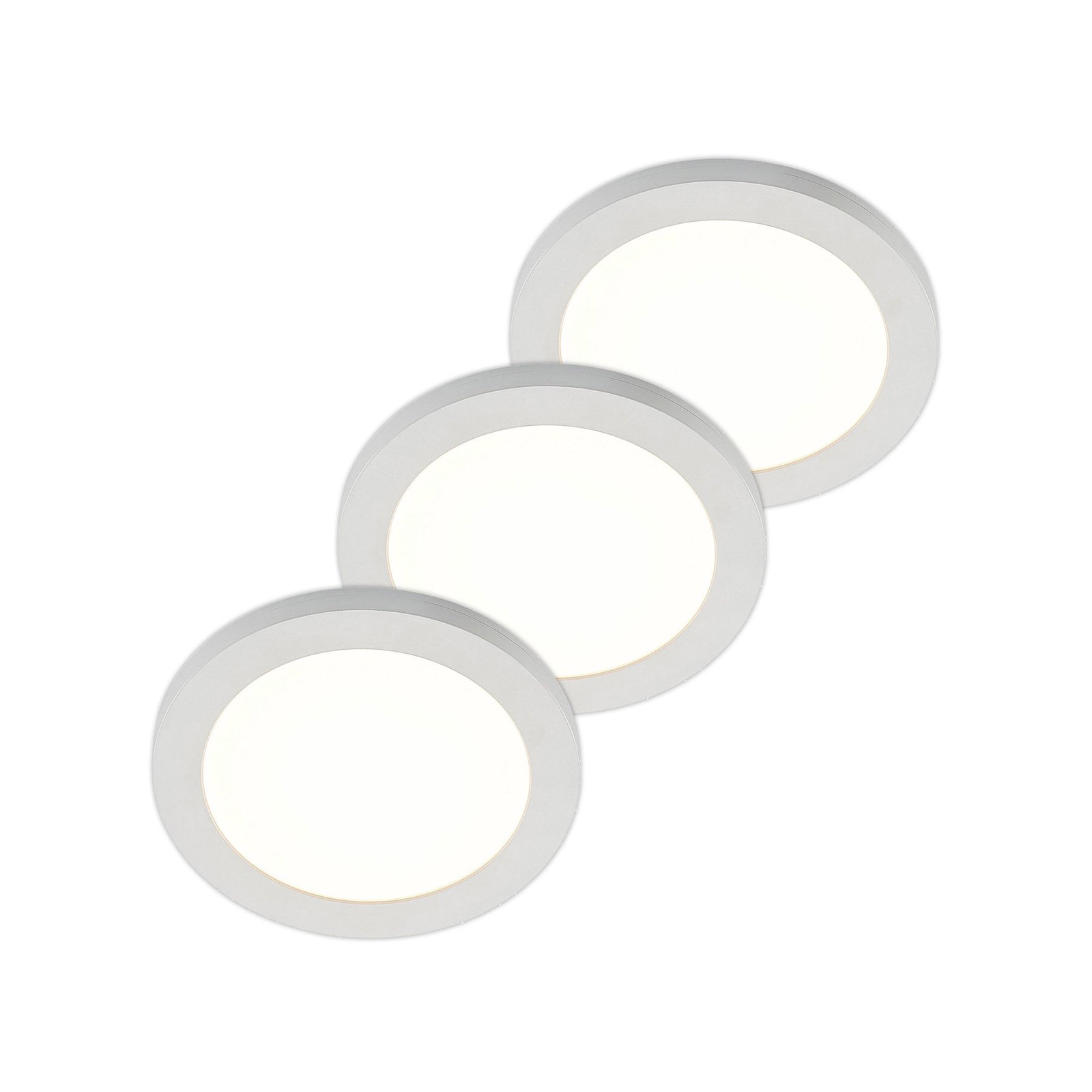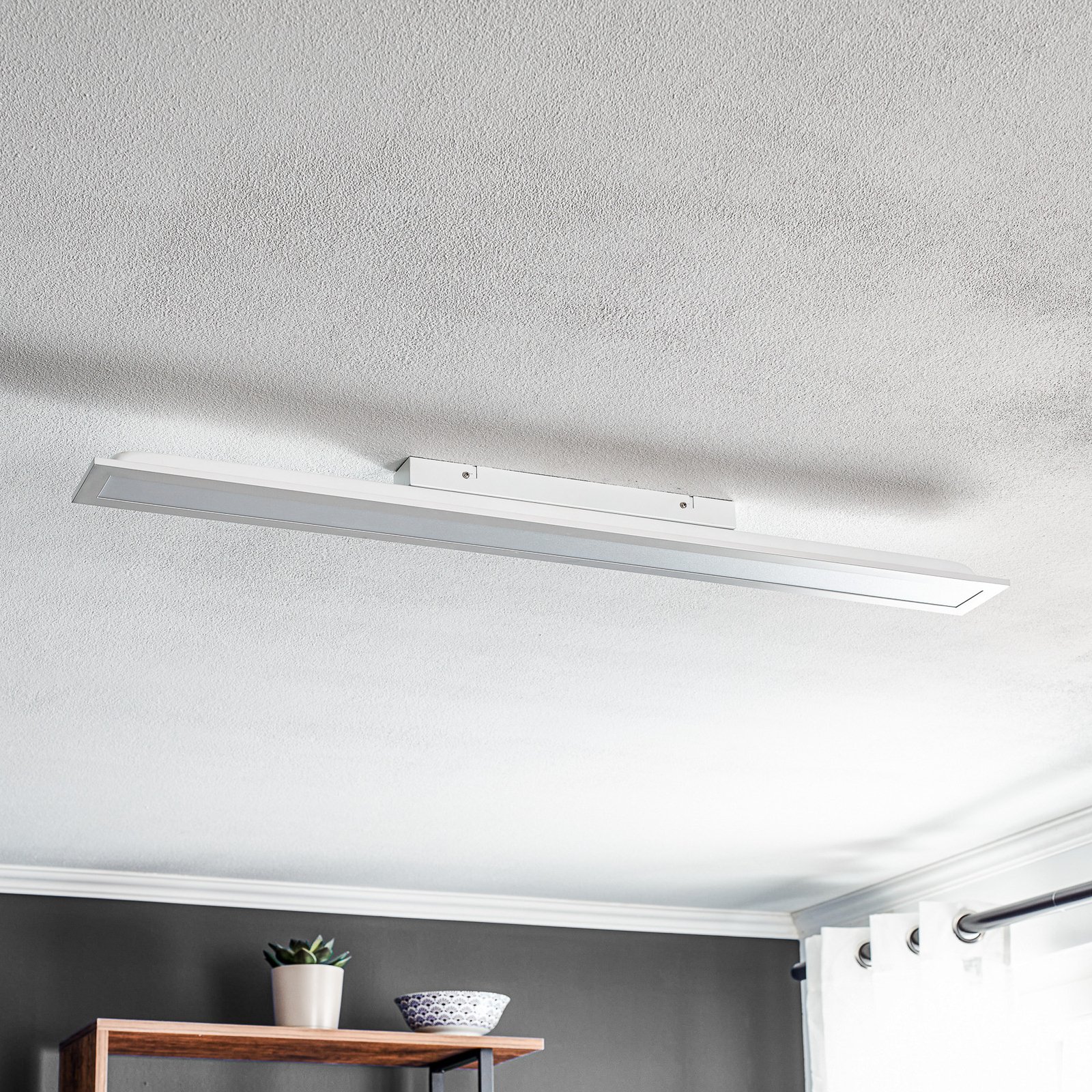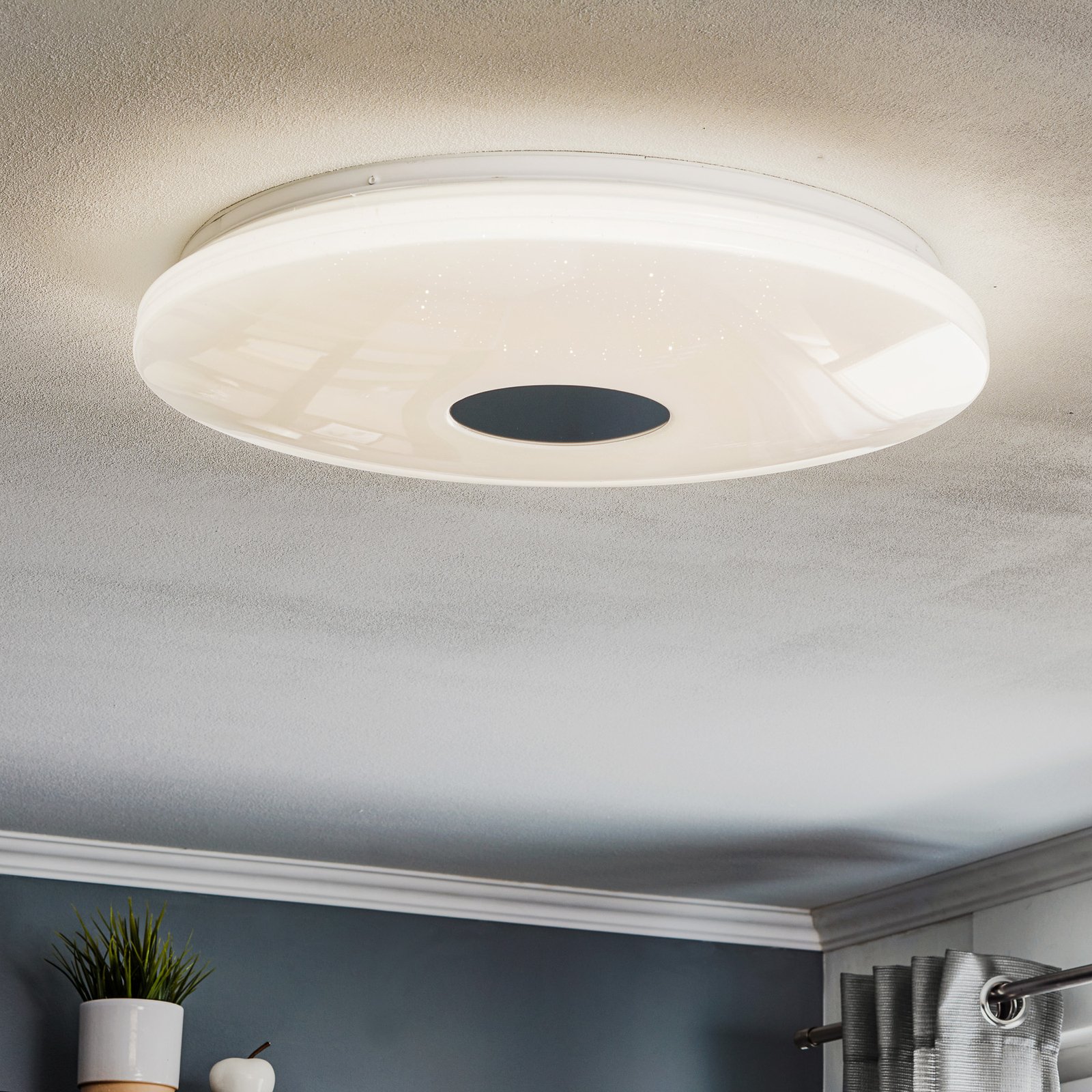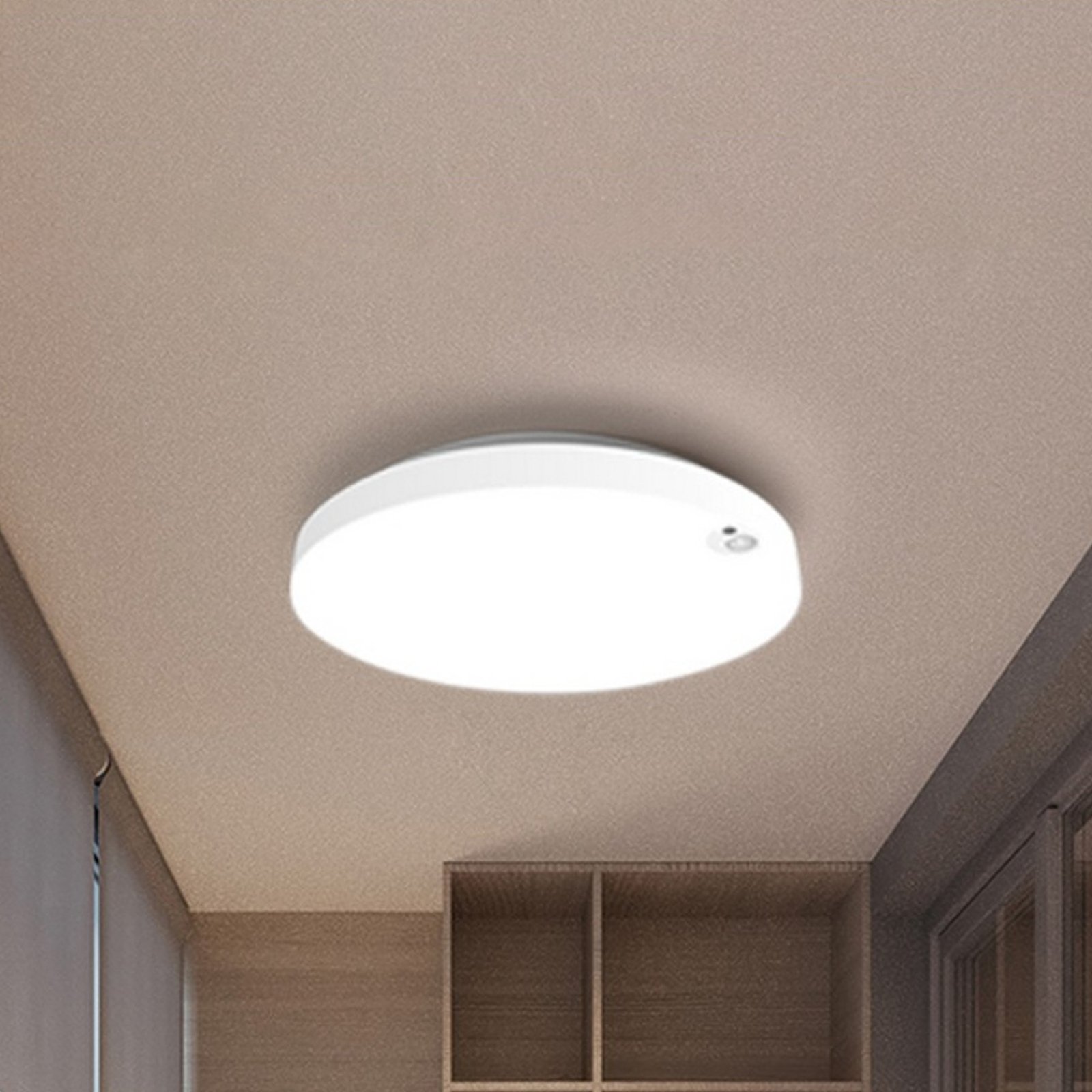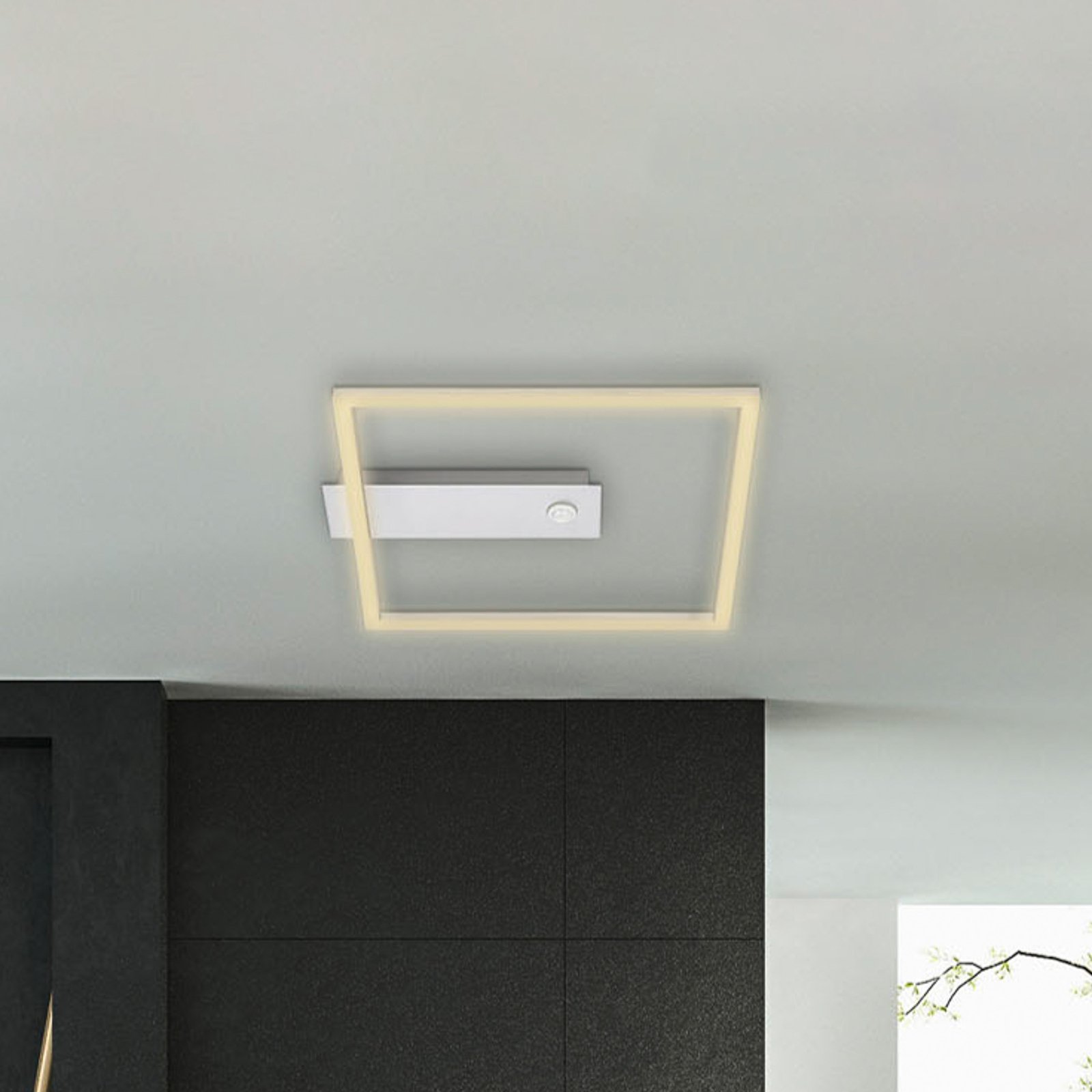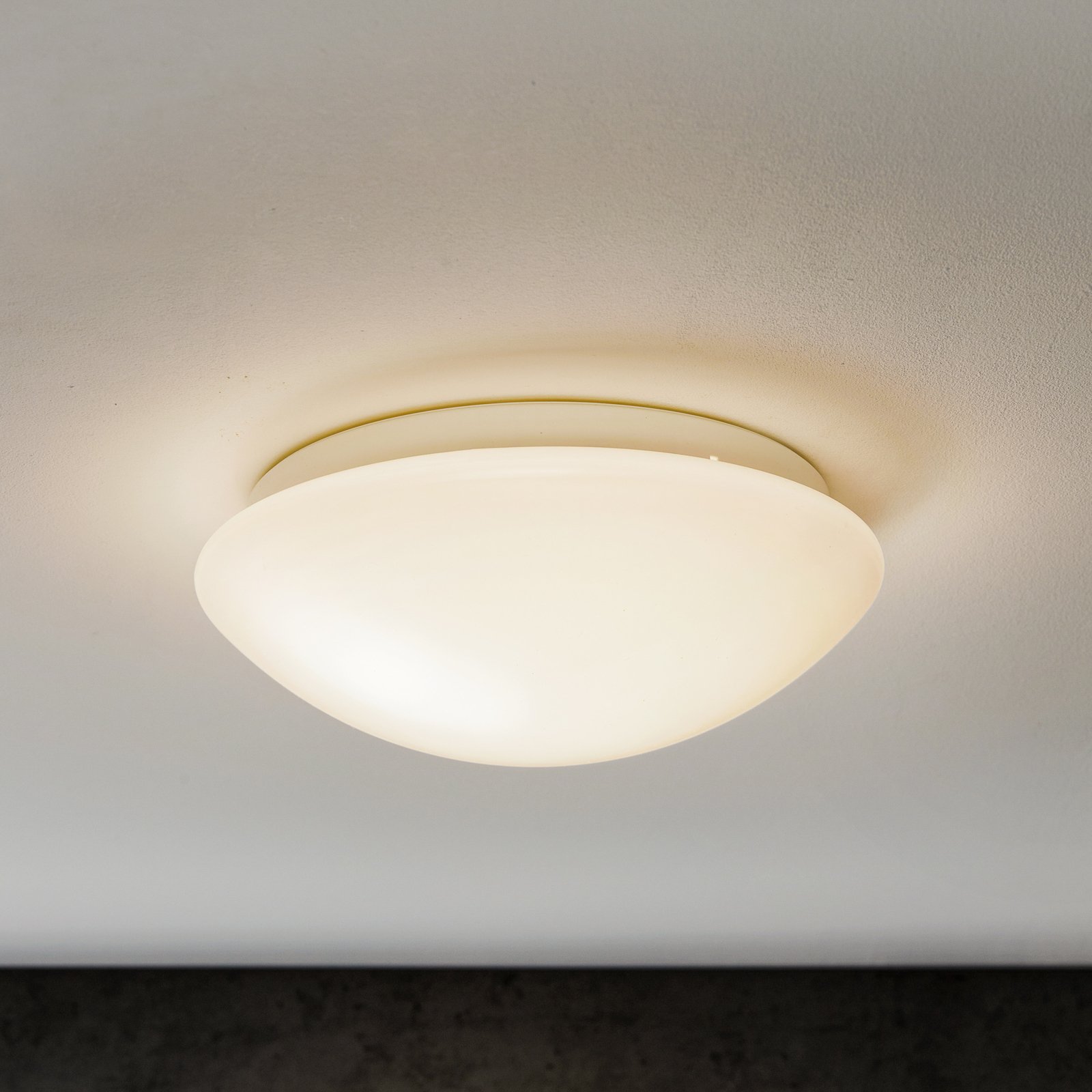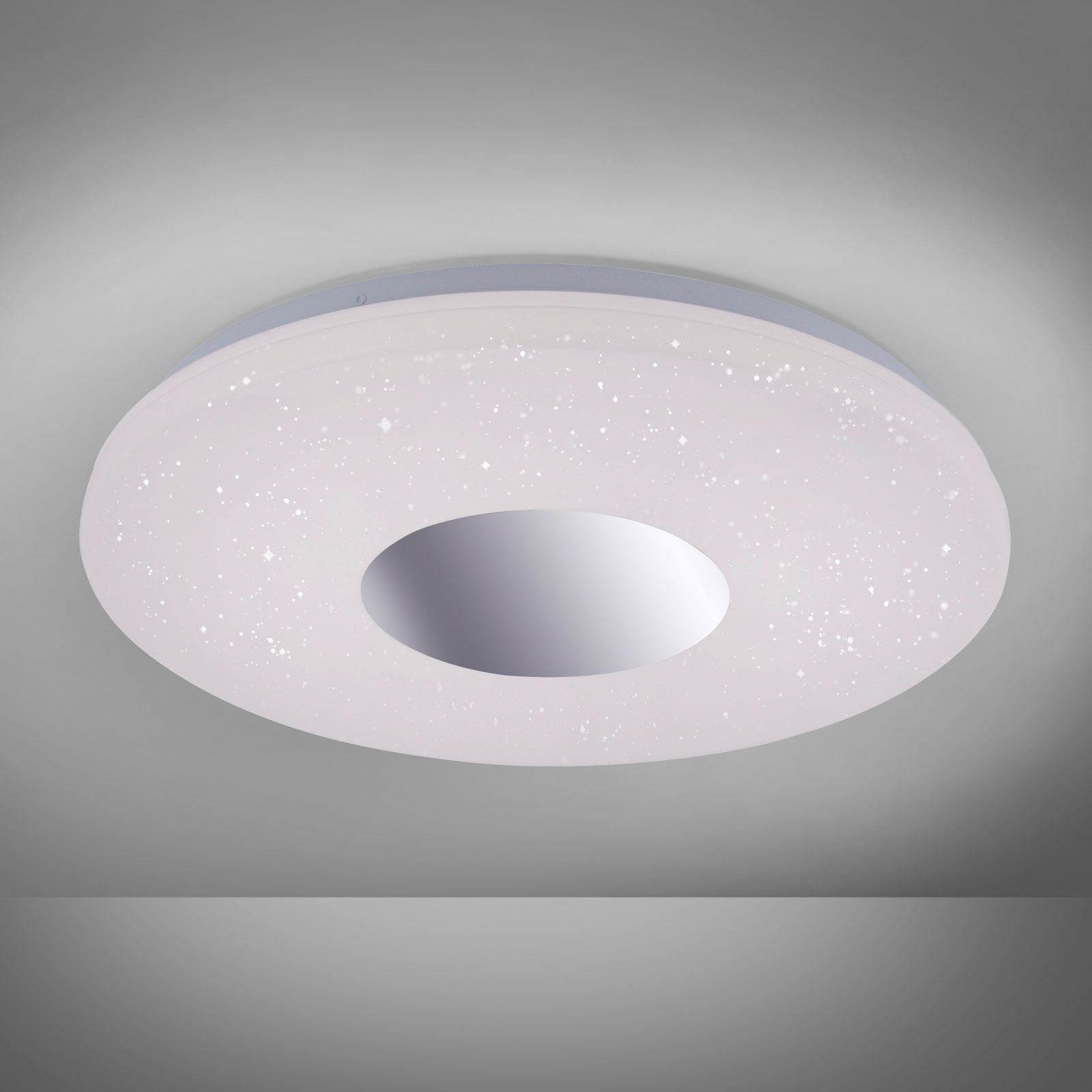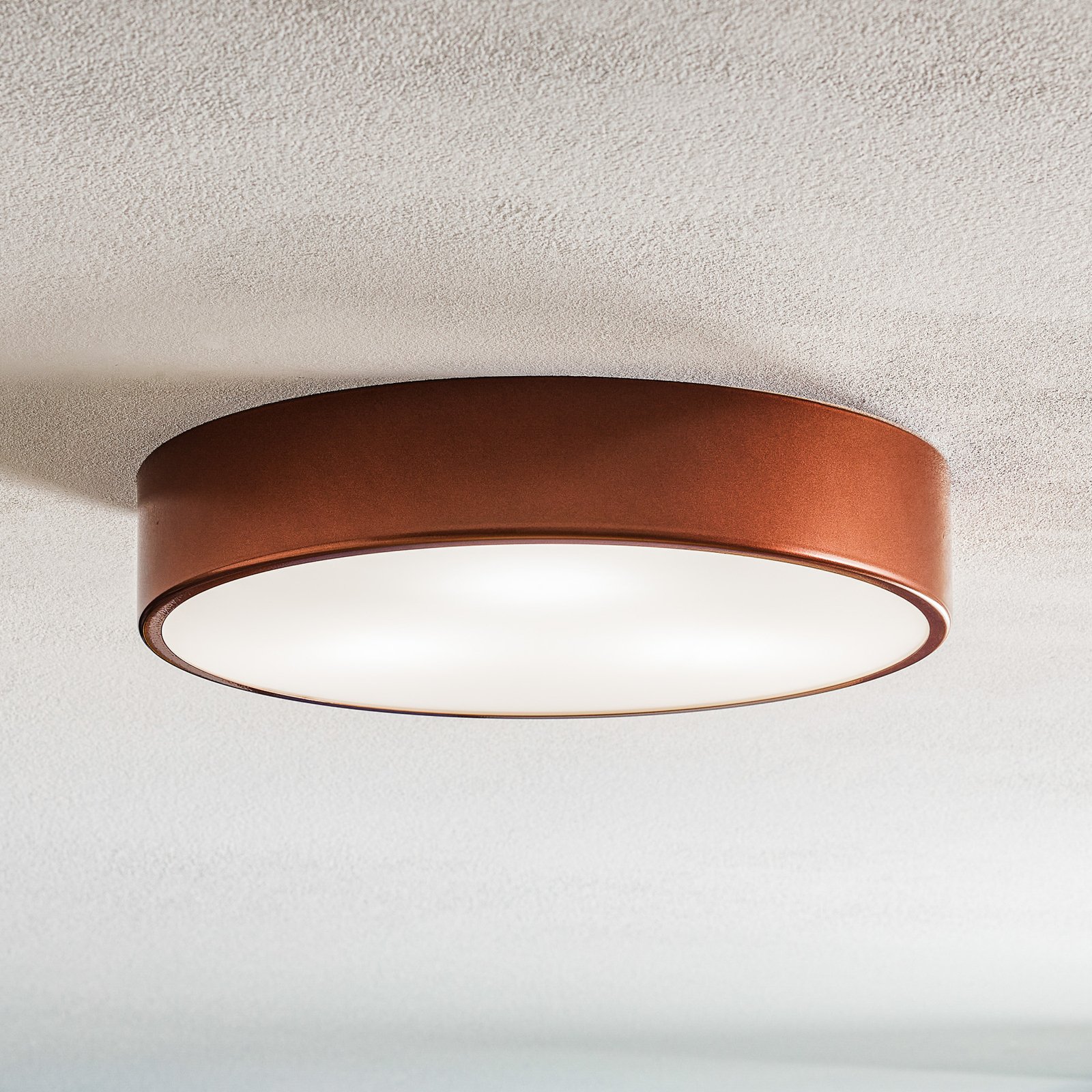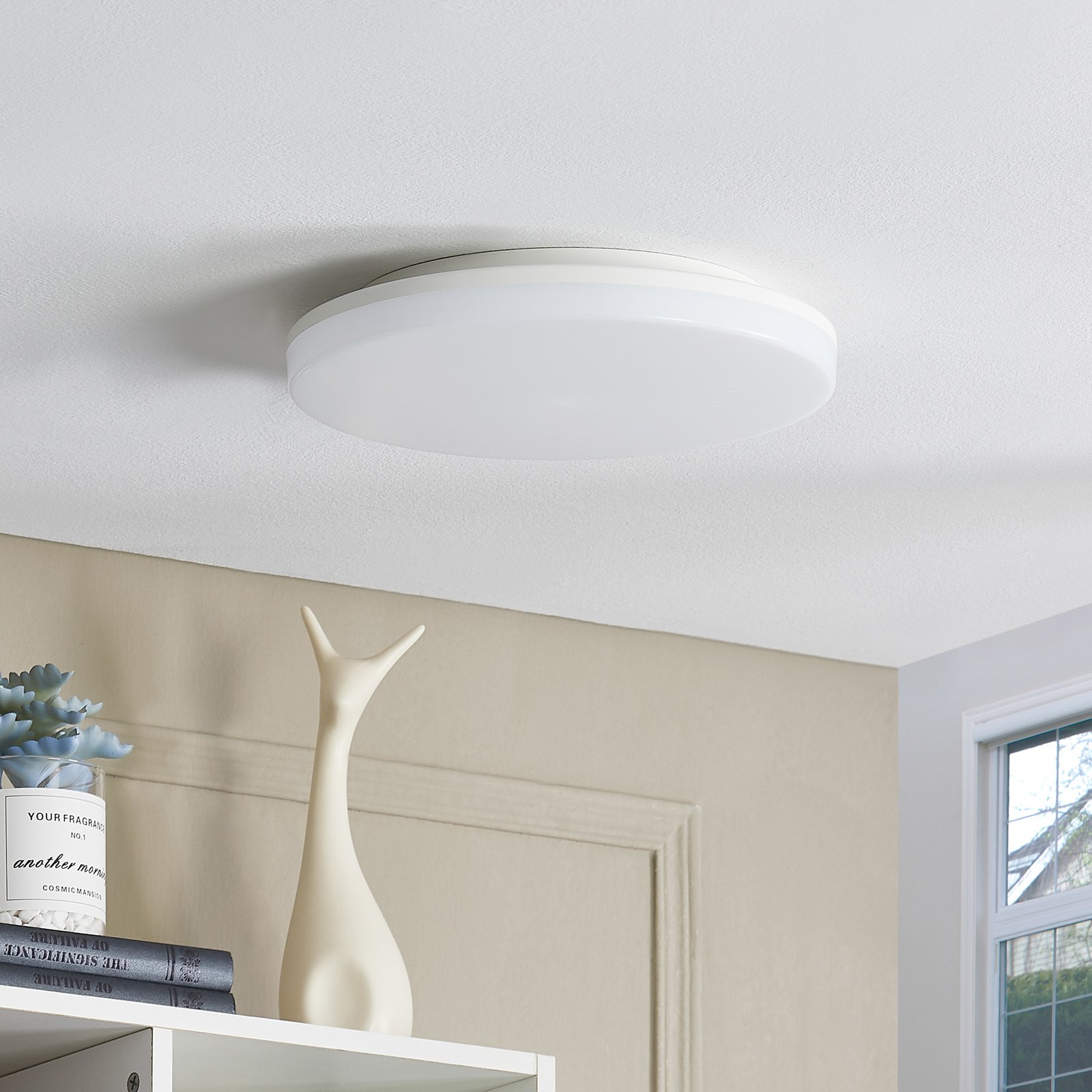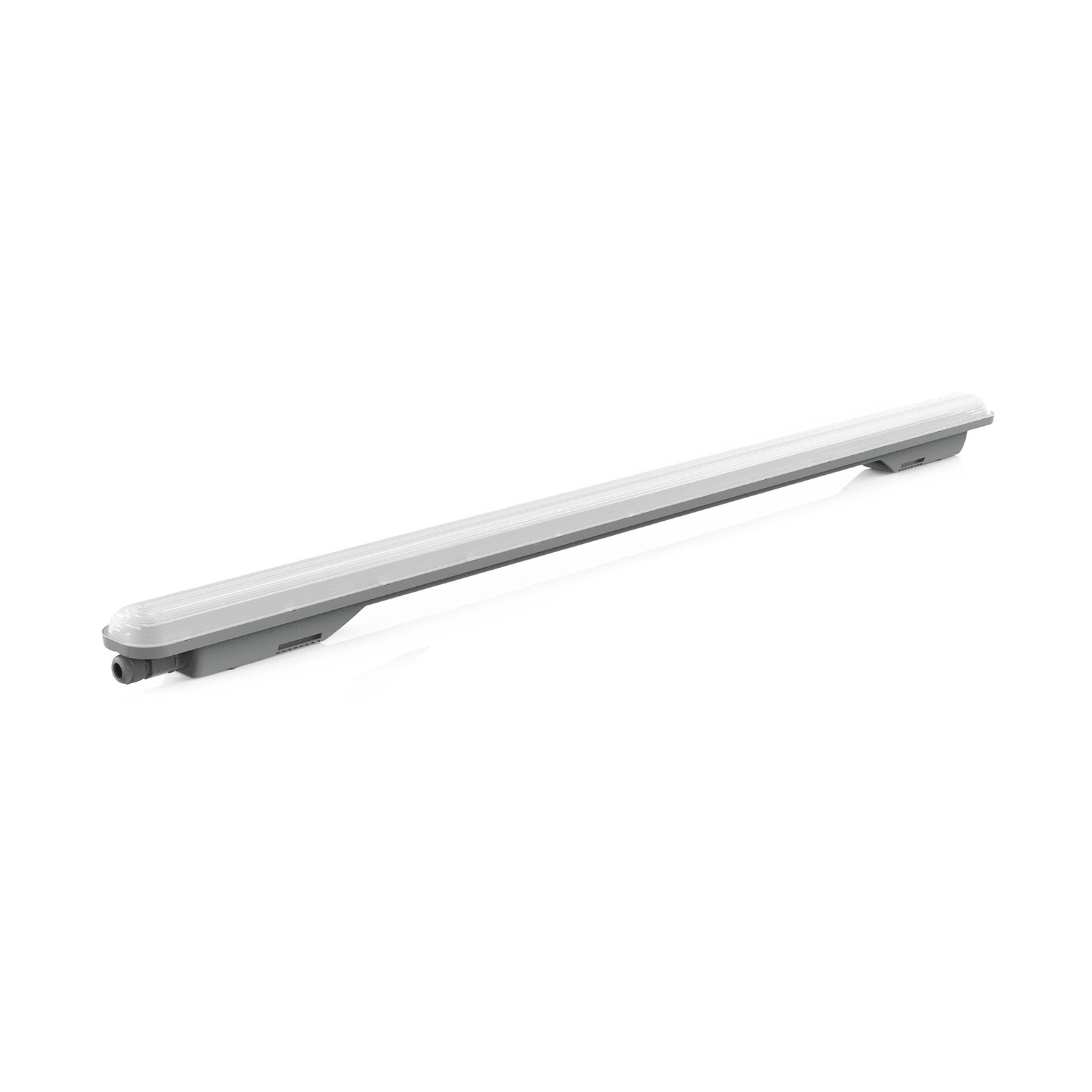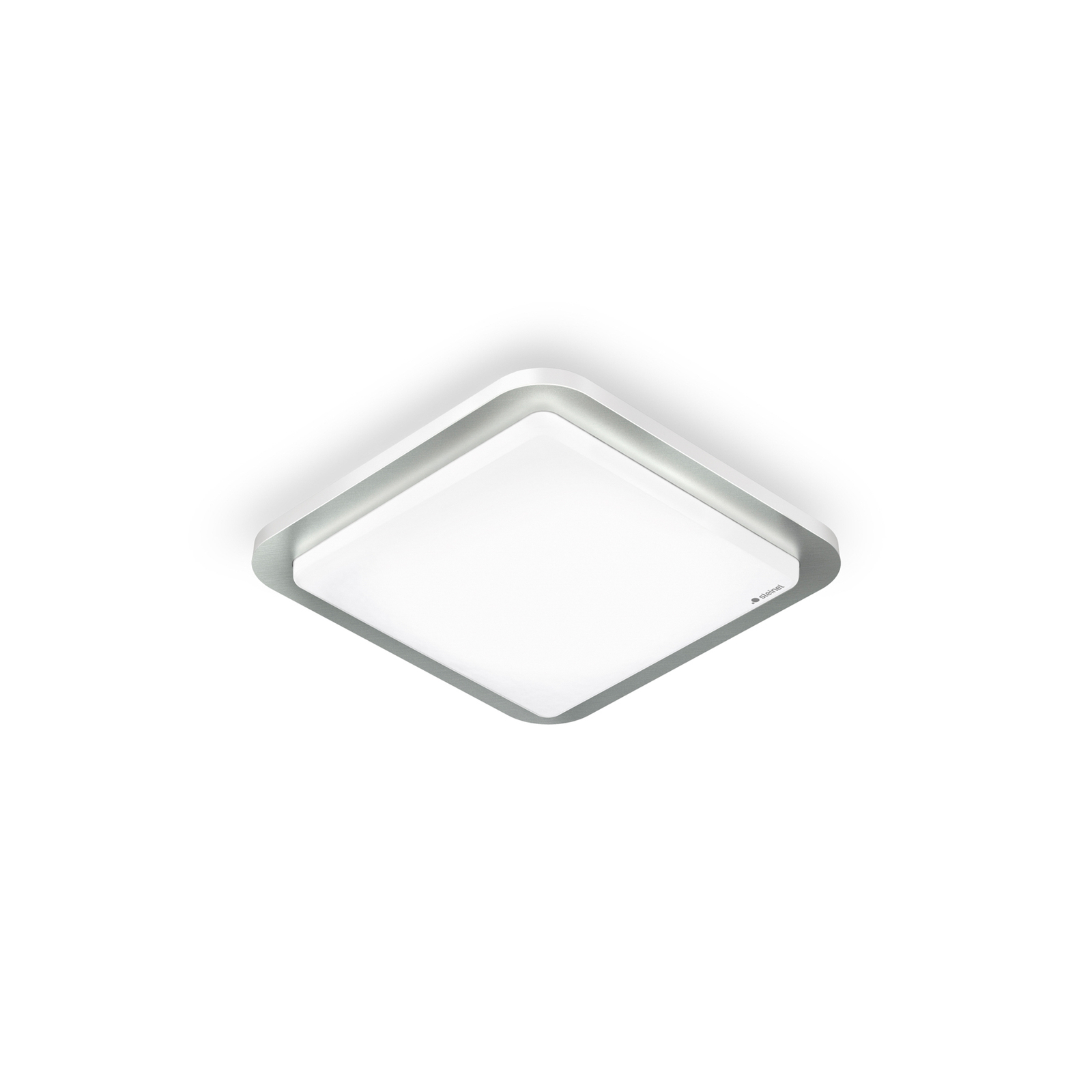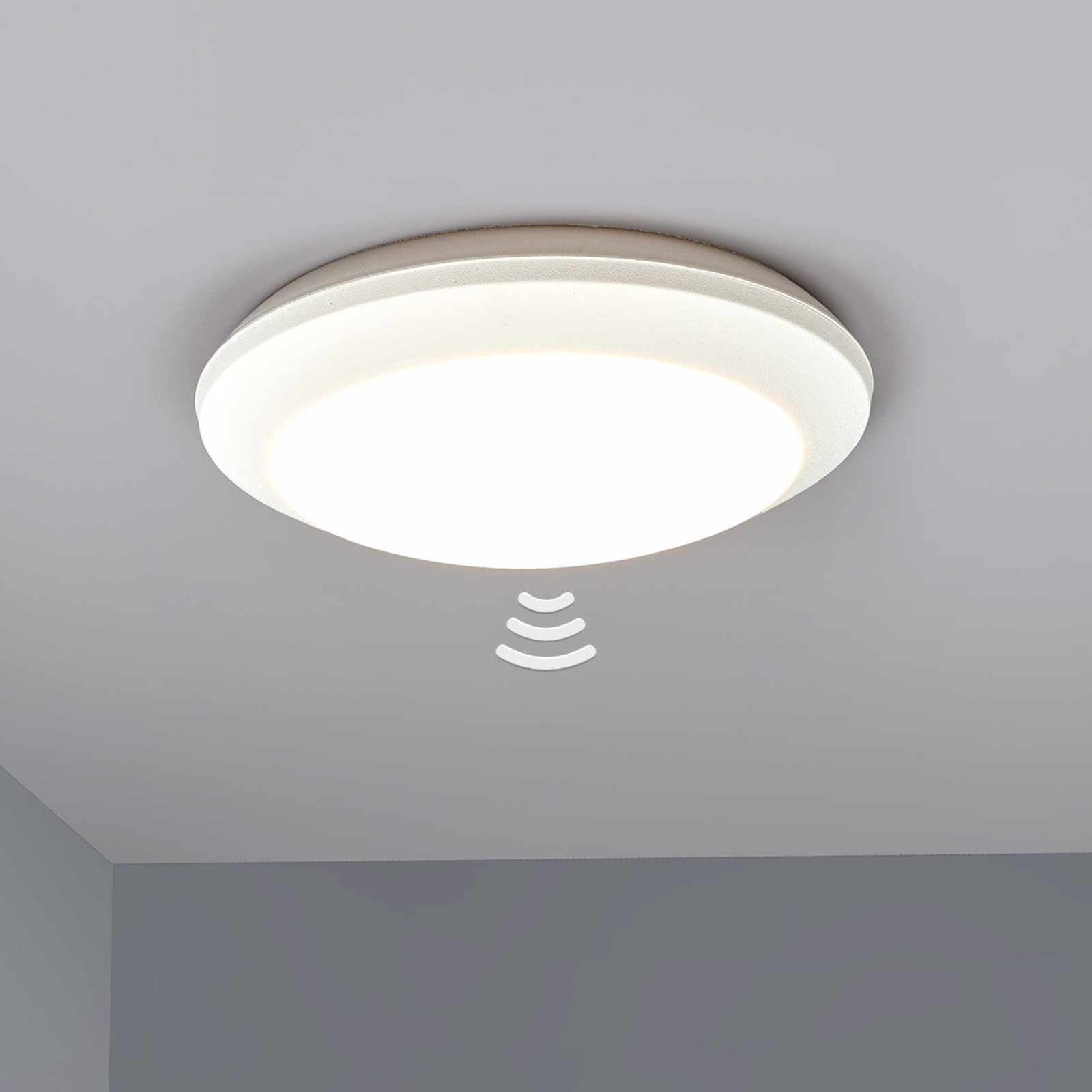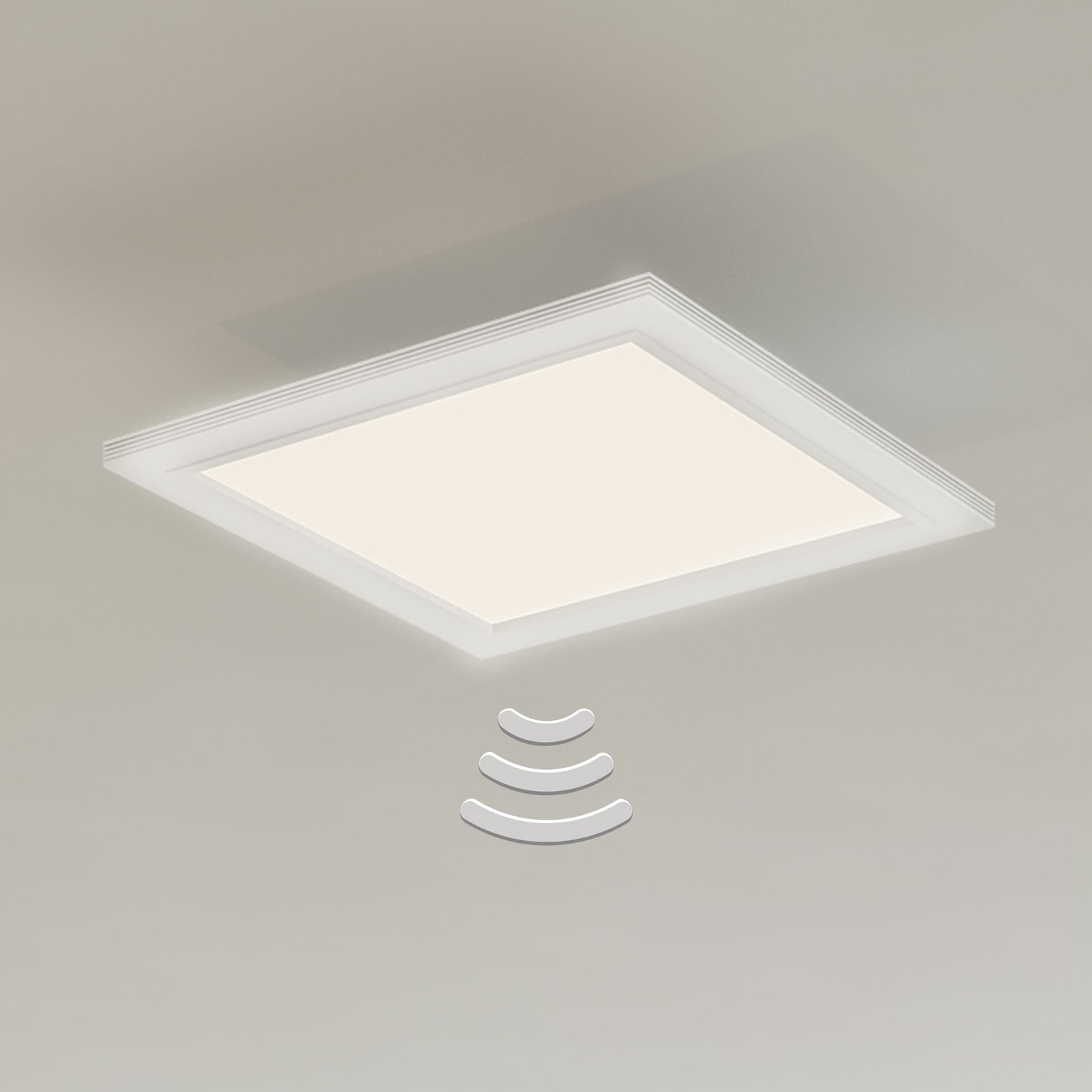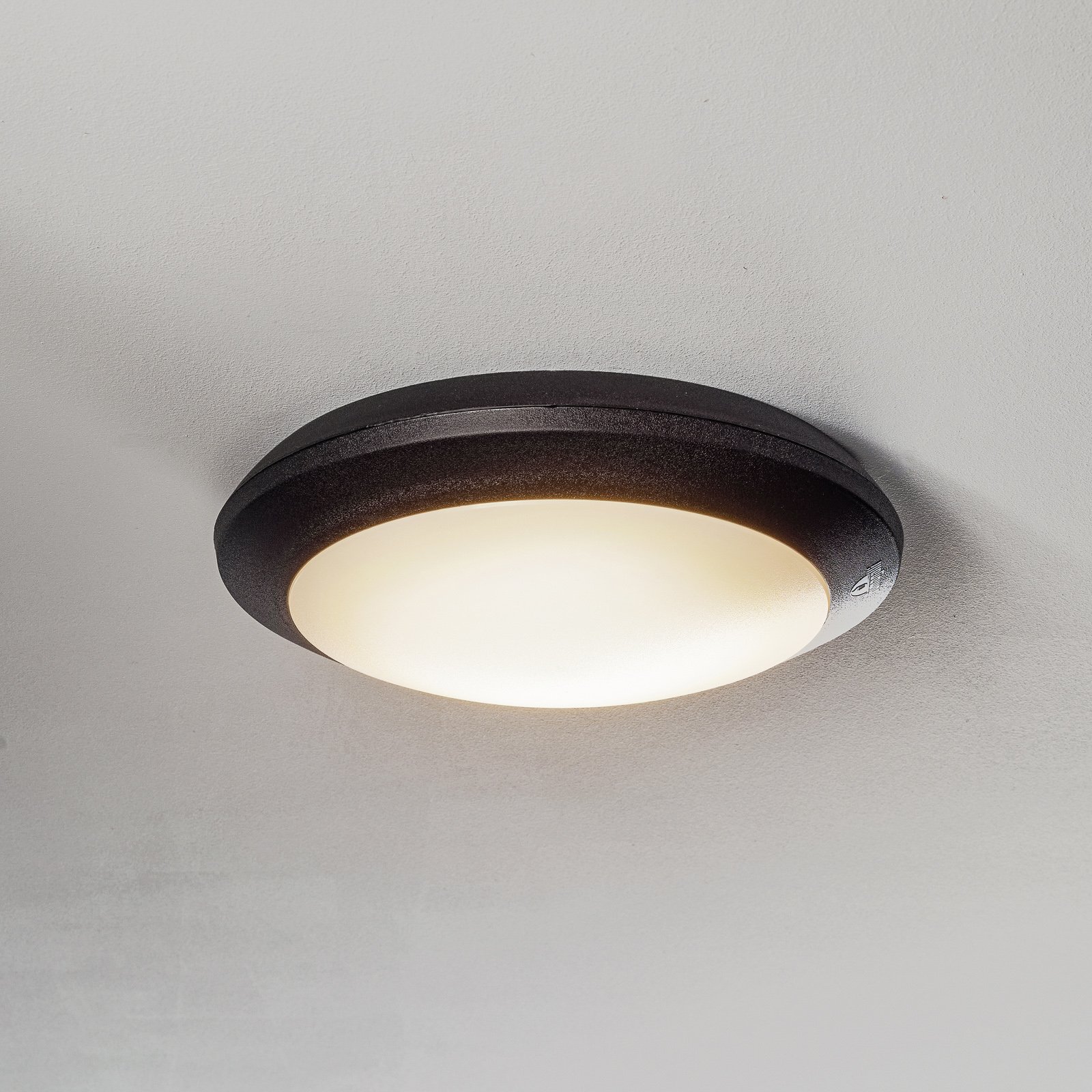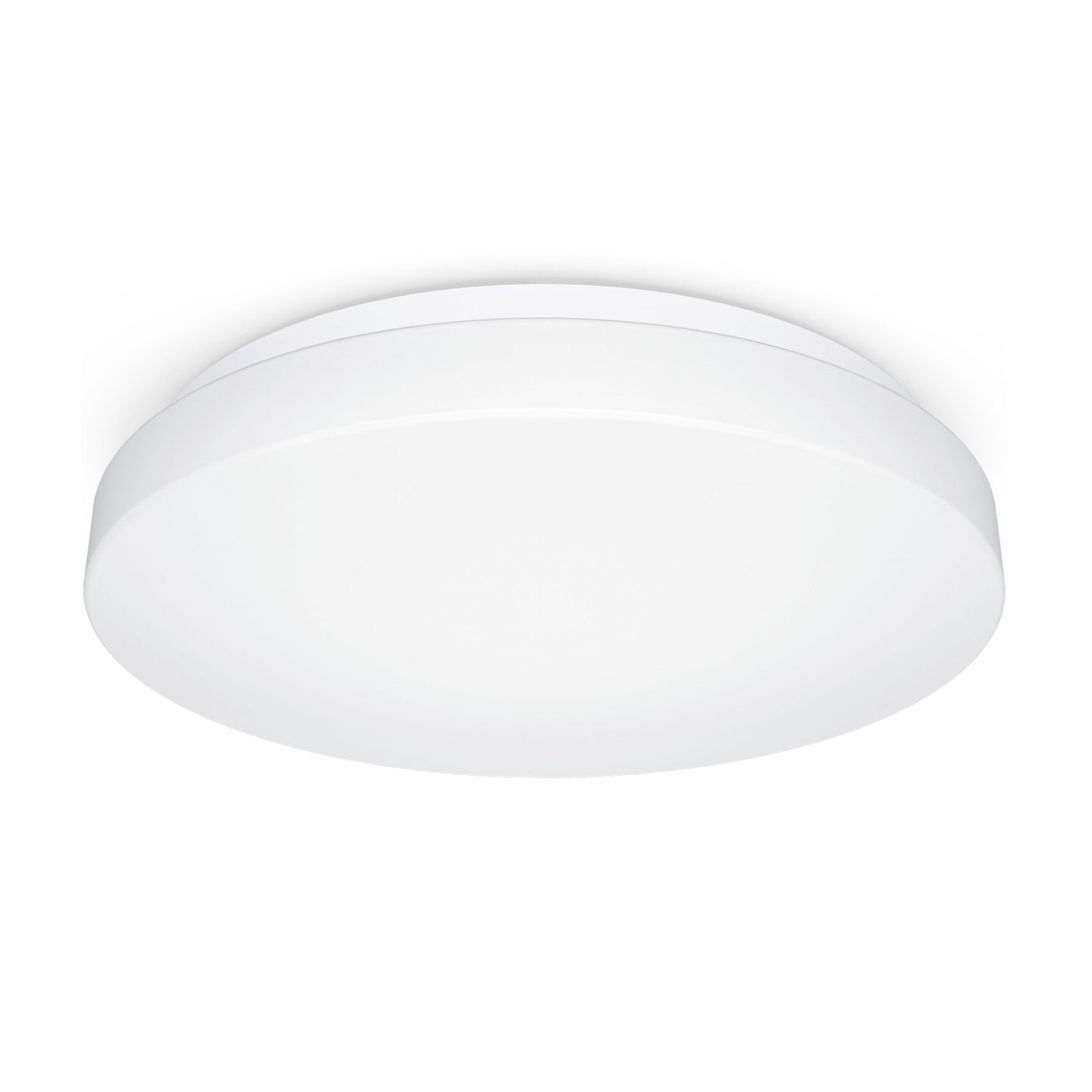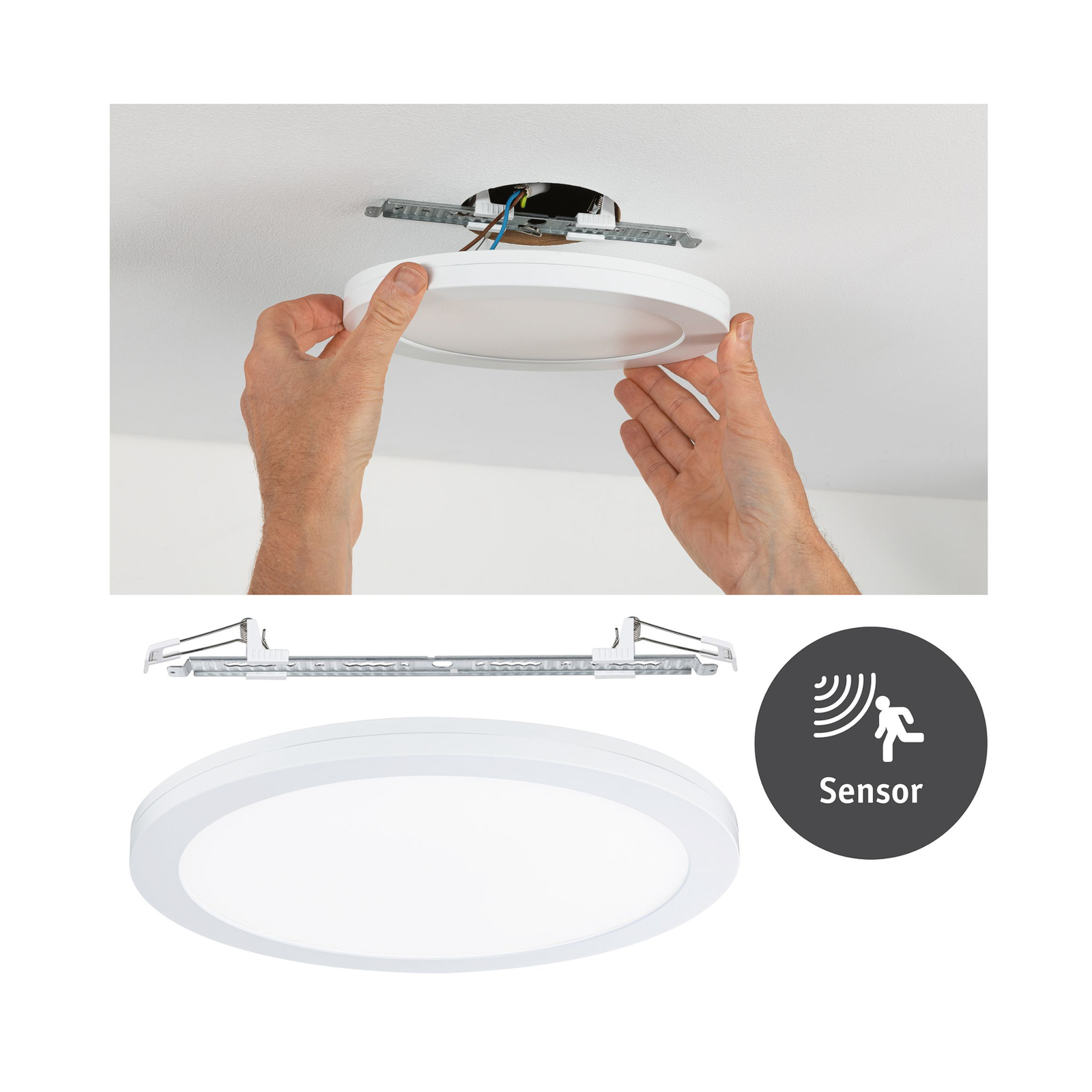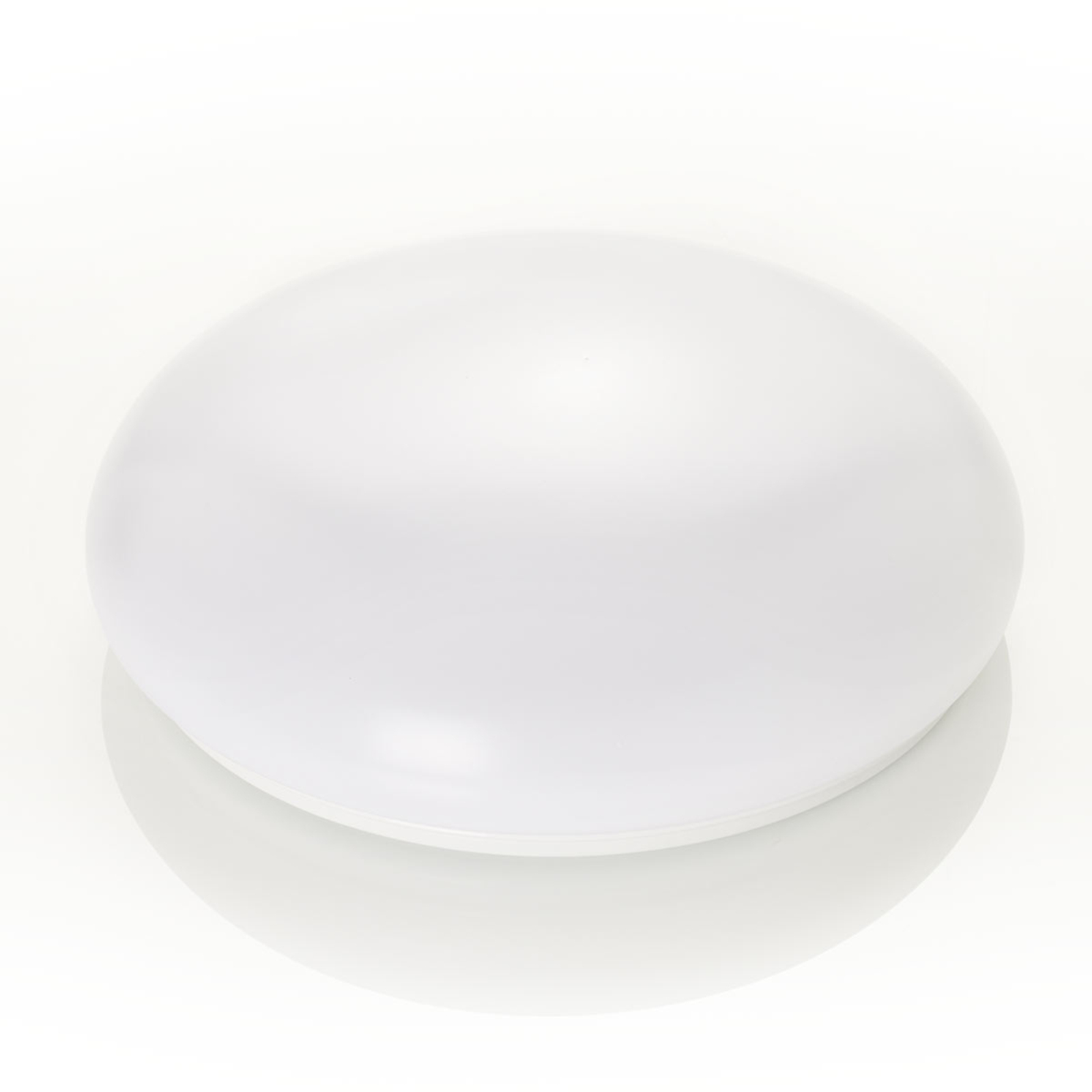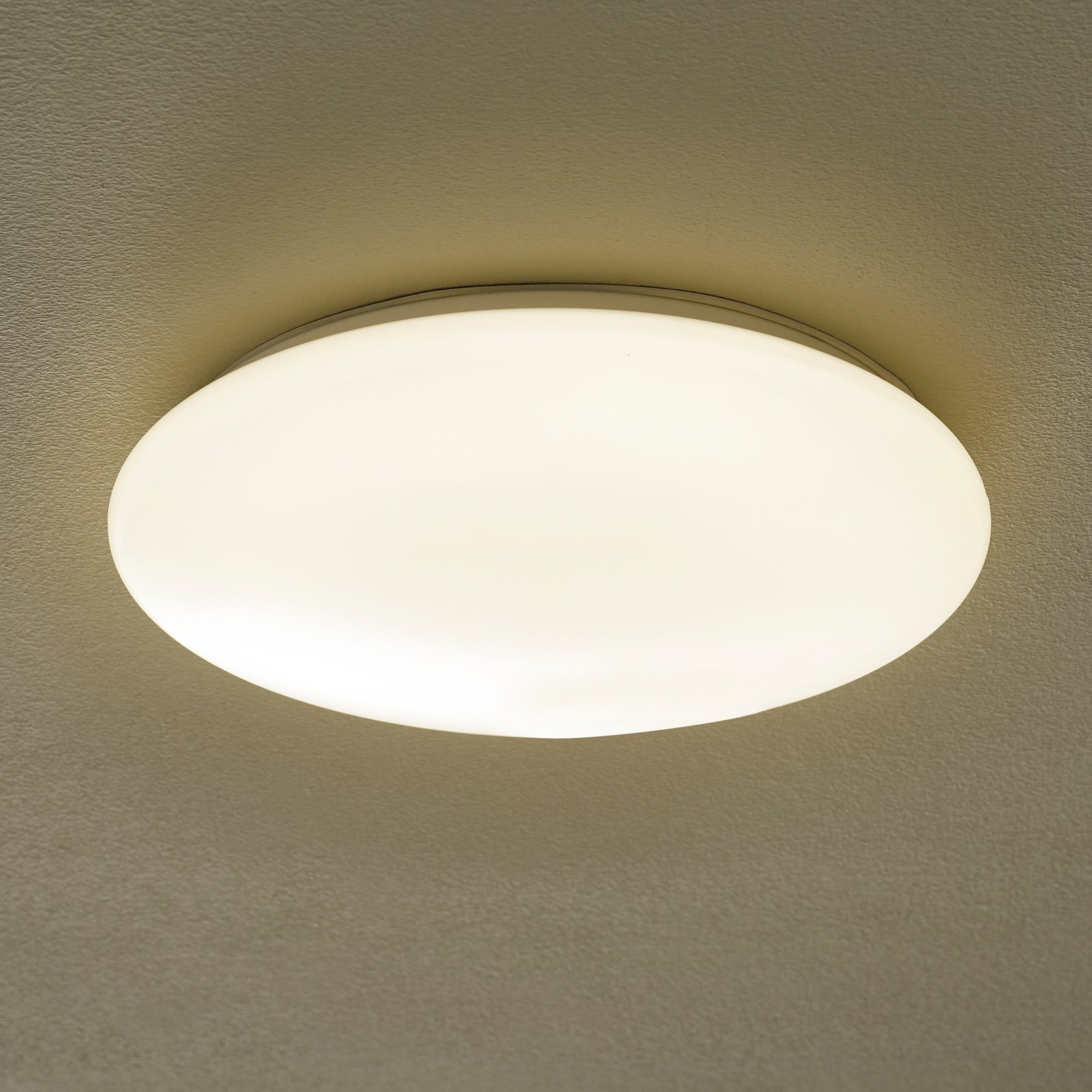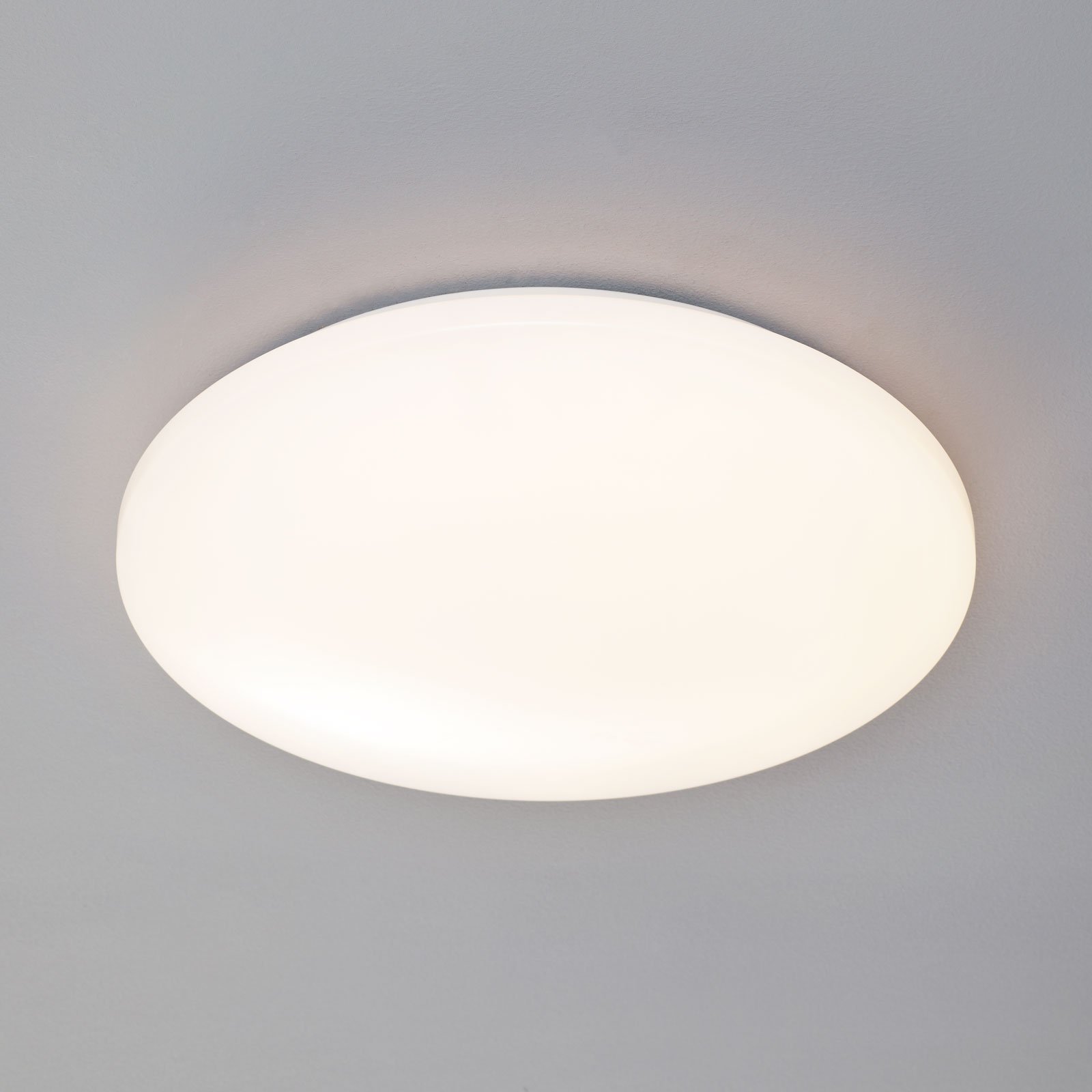- 50 days free returns
- Flexible payment options
- The UK's largest selection of brands
Extra 11% off over £99 & Extra 14% off over £149
Ceiling Lights with Motion Sensors – the Very Epitome of Convenience
If you’ve ever found yourself unable to turn the lights on because you’re carrying something, or if you’ve ever forgotten to switch the lights off, leaving them on for hours and consuming electricity needlessly – we have a solution: Ceiling lights with motion sensors.
These handy light innovations offer two main advantages:
Automatic switch on: Comfort and convenience!
Automatic switch off: Saving electricity and bulb life!
Note: Make sure to ask a qualified electrician to install your lights, even if you’re only retrofitting an existing ceiling light with an external motion detector.
Can ceiling lights be retrofitted with a motion sensor?
:format(jpeg))
Yes, it’s possible to connect an external motion detector to a ceiling light that doesn’t already have one.
You should think carefully, however, about whether you want an external motion detector or a new ceiling light with a built-in motion detector.
If you want an external motion sensor, it will need to be cut and painted. If this is the case, an external motion detector that replaces an existing switch might be a good idea.
How do motion sensors work in a ceiling lamp?
It depends on the technology used in the motion detector. In general, there are two technologies used: infrared (IR) and high frequency (HF).
IR sensors are used outdoors as well as indoors. They capture a thermal image and react to changes by switching the light on.
HF sensors are mostly used indoors. They capture an echo image and detect almost every movement. It’s unusual to use HF sensors outdoors as even the smallest movement can trigger the light. An exception to this are smart HF sensors, which can distinguish between human movement and movement from insects, leaves, or rain.
:format(jpeg))
:format(jpeg))
How are ceiling light motion sensors set up?
The adjustability of the motion sensor depends on the product. For some lights, motion detectors are fixed in place. Other ceiling lights, including those with an external motion sensor, can have their motion detectors directed at a specific area.
It’s best to do this with the help of a friend or family member, as you can ask them to move around while you adjust the motion detector to the desired position.
Other settings that can be selected, depending on the product, include:
Length of time the ceiling light stays on
Range of the motion detector
Sensitivity of the twilight sensor (determining the brightness at which the motion detector activates)
The last setting allows you to configure your ceiling light according to your preferred brightness.
Are there any ceiling lights with a motion sensor and a battery?
:format(jpeg))
Yes, there are. While ceiling lights are usually operated using a power connection, there are also battery-powered lights with motion detectors suitable for mounting on the wall or ceiling. These, of course, are not wired. You can also glue them in place using adhesive tape.
That said, the output of a battery-powered light can’t be compared to that of a proper ceiling light – although they are great for night time lighting.
Note: Battery-powered ceiling lights require you to have a ladder in order to change the battery. In any case, top-rate batteries can be used to reduce maintenance.
It’s also worth noting that things work differently outdoors. Here, solar lights with motion detectors can be used.
Ceiling lights with motion sensors and additional features
:format(jpeg))
:format(jpeg))
The strike-through prices correspond to the manufacturer's RRP.
All prices include 20% VAT, delivery costs excluded.











































